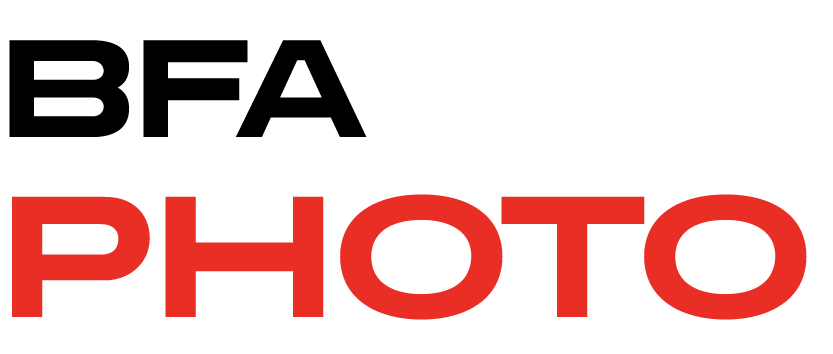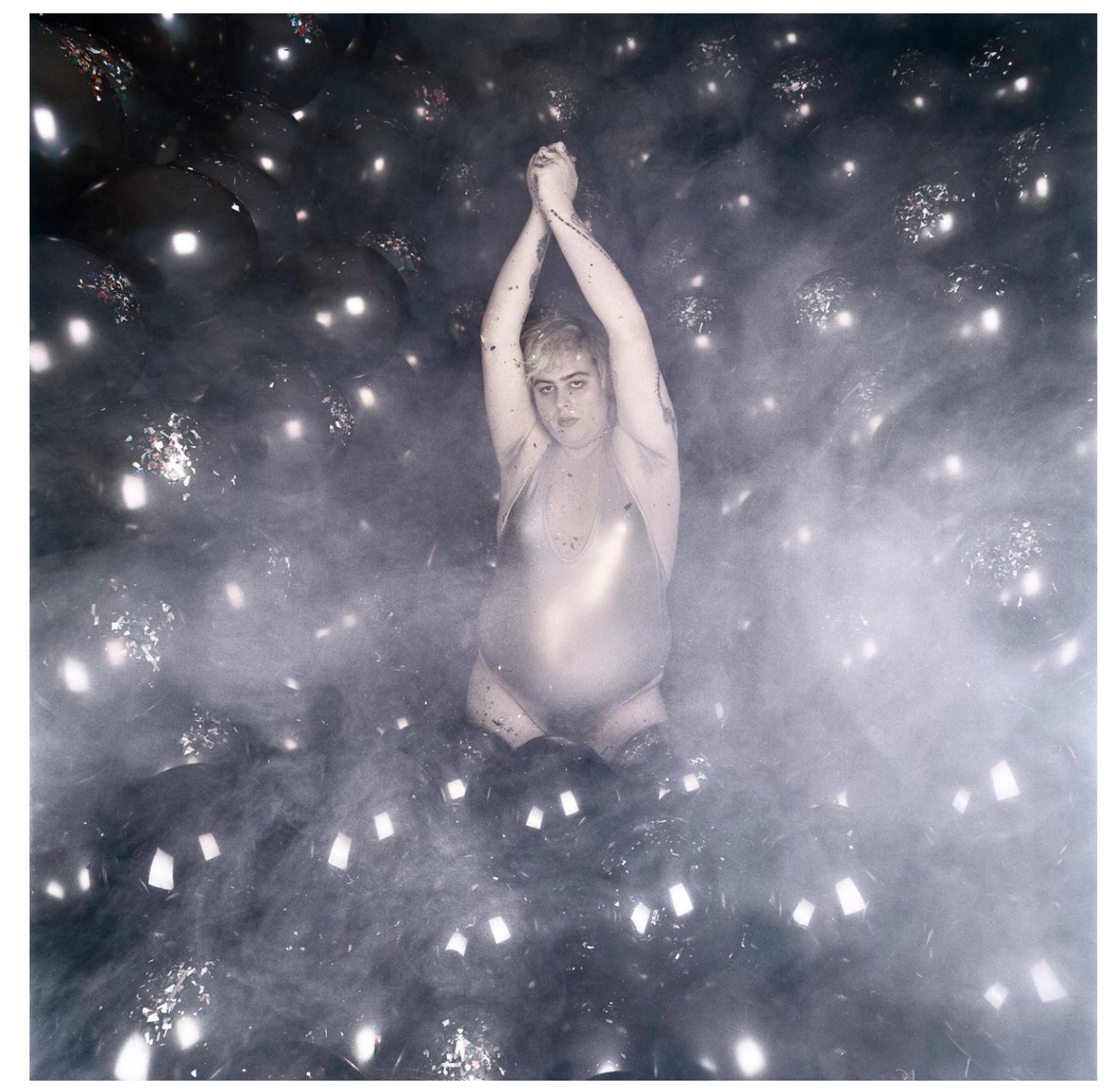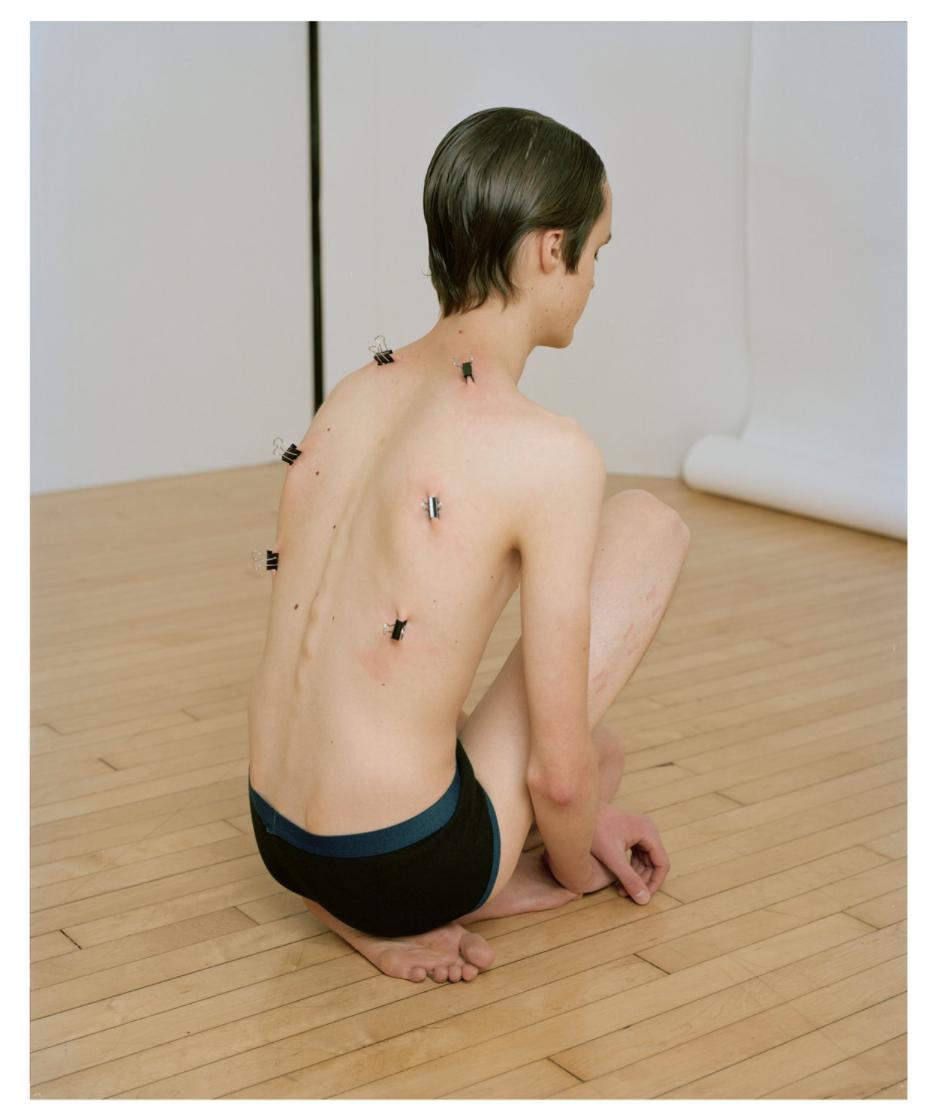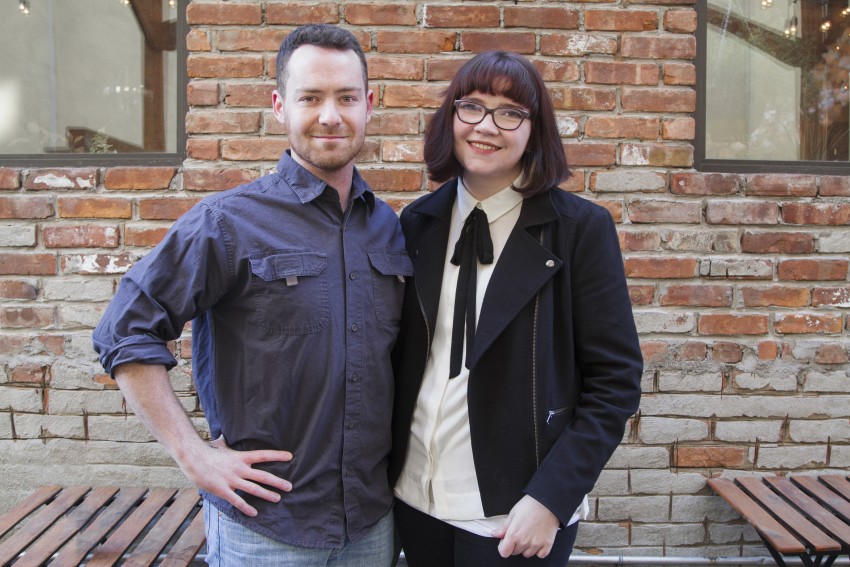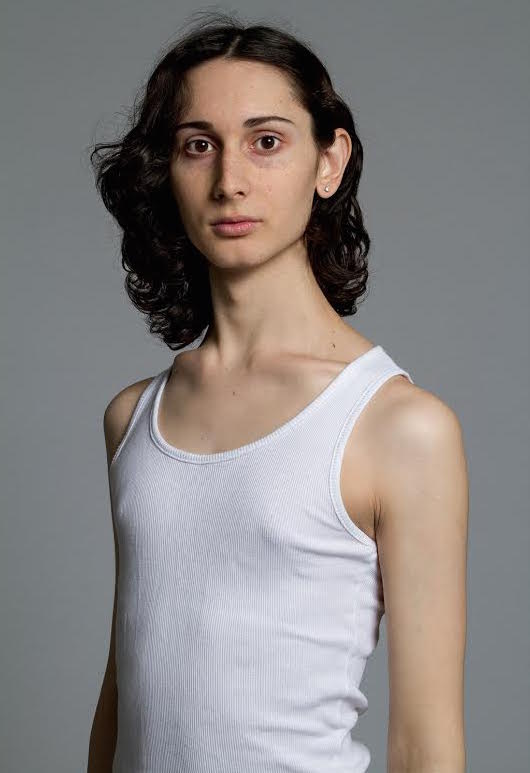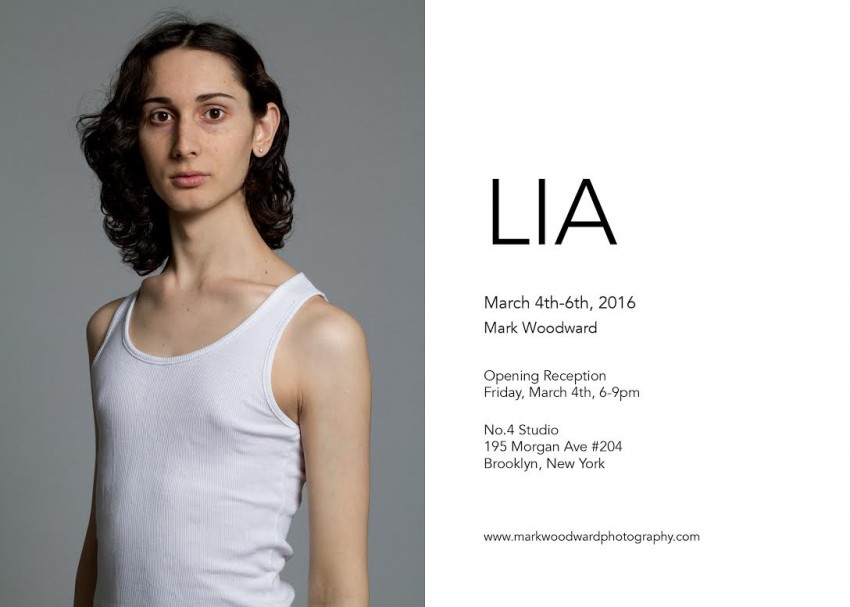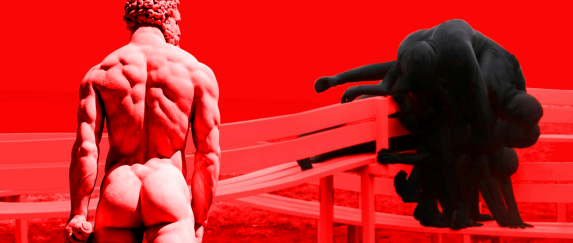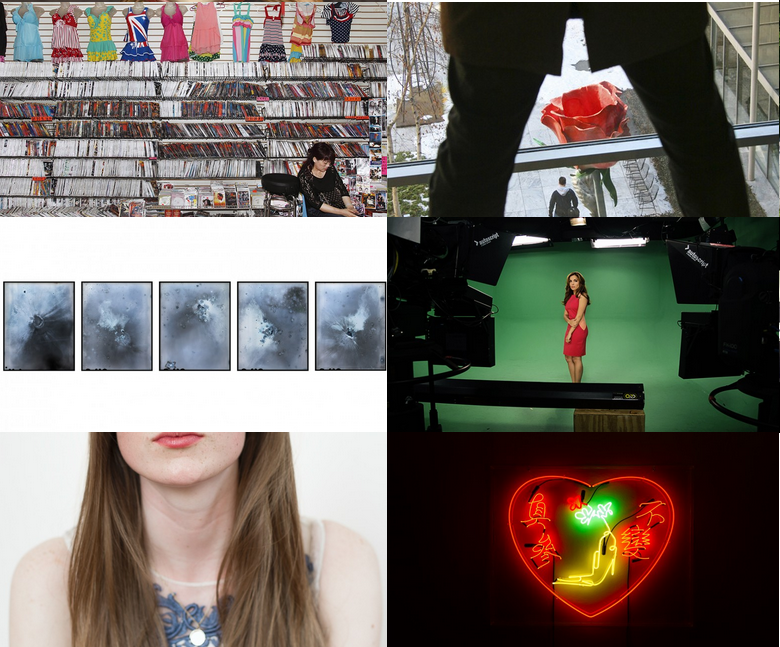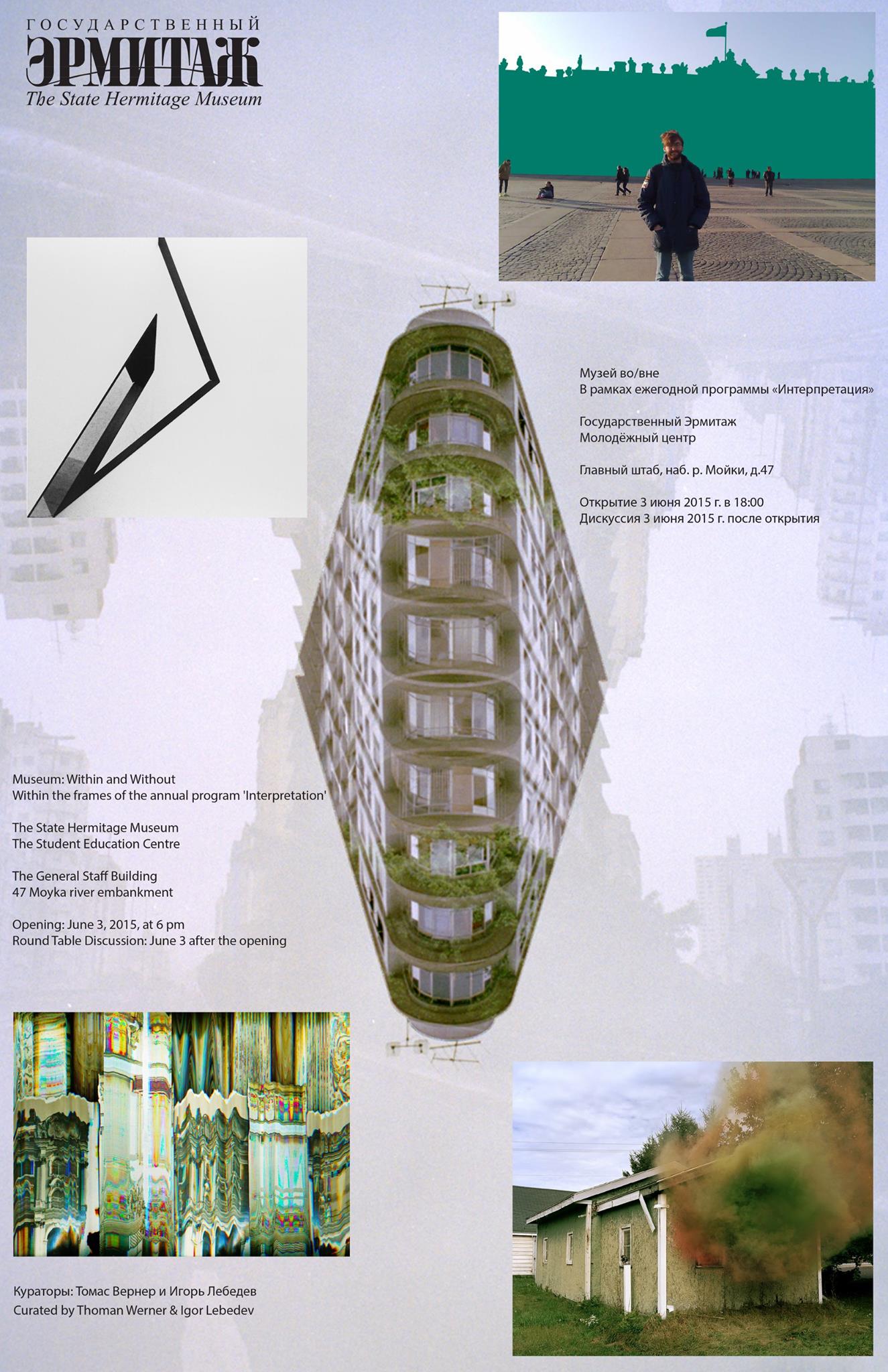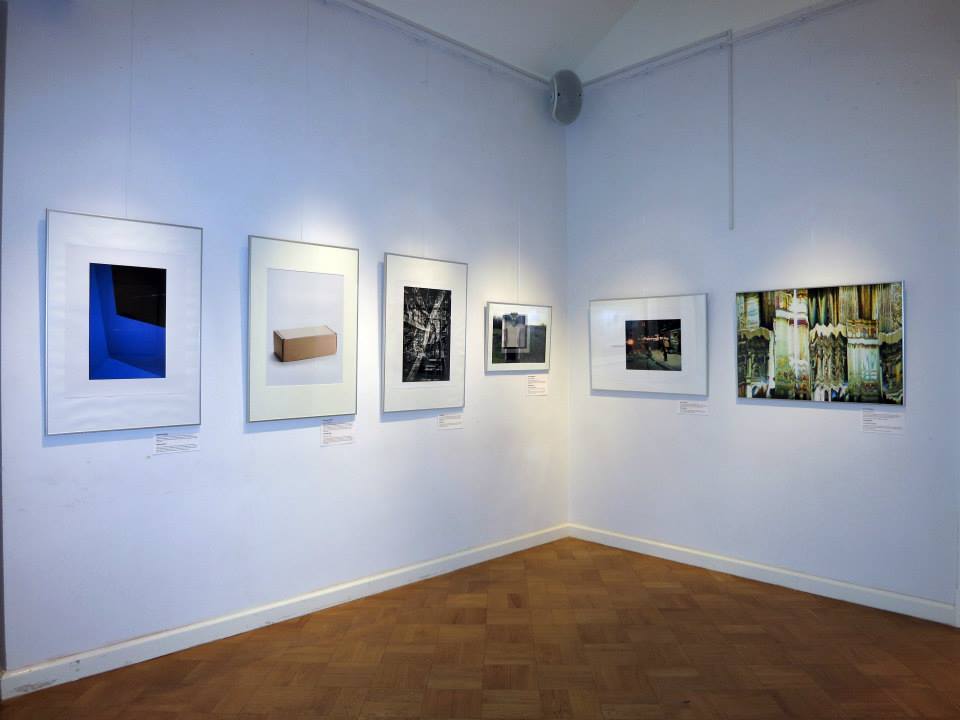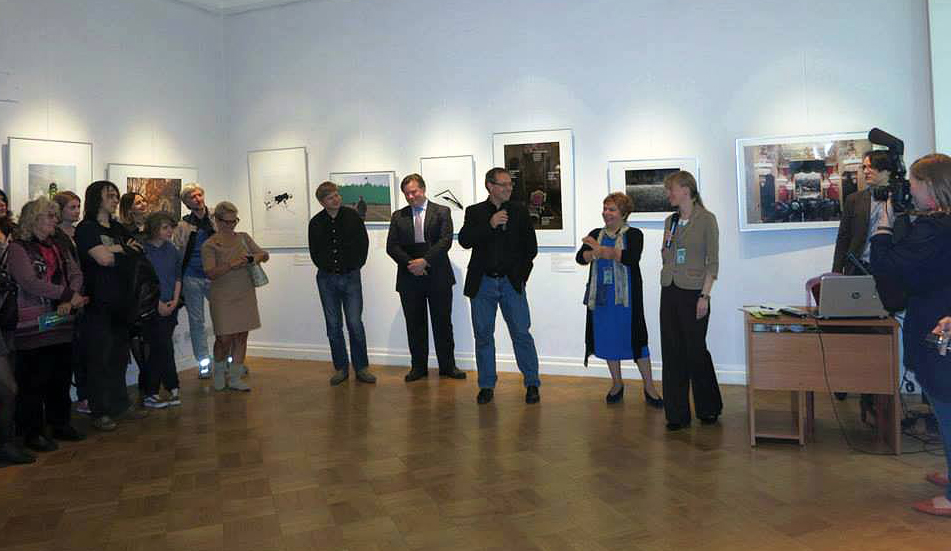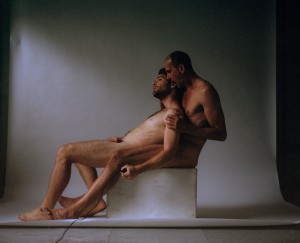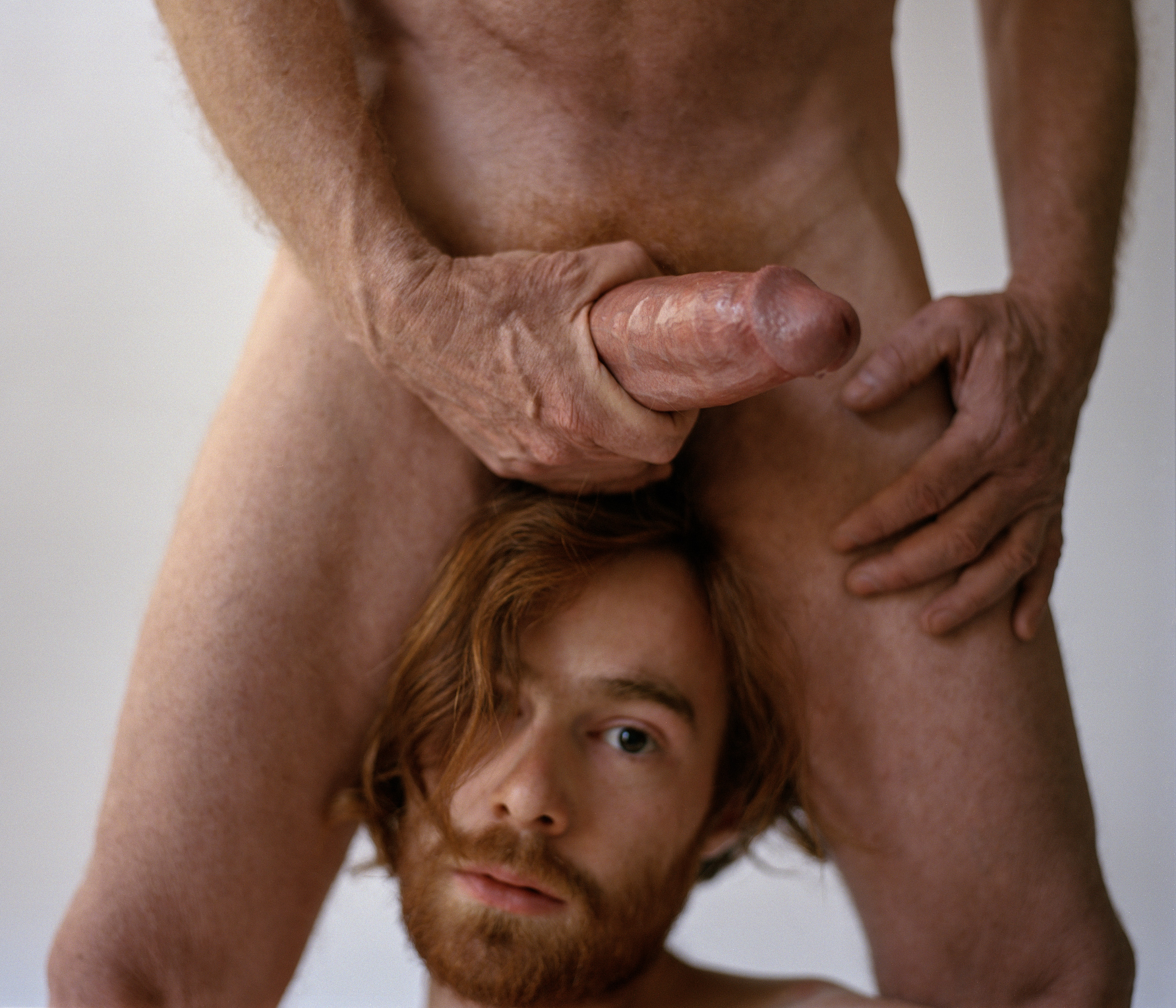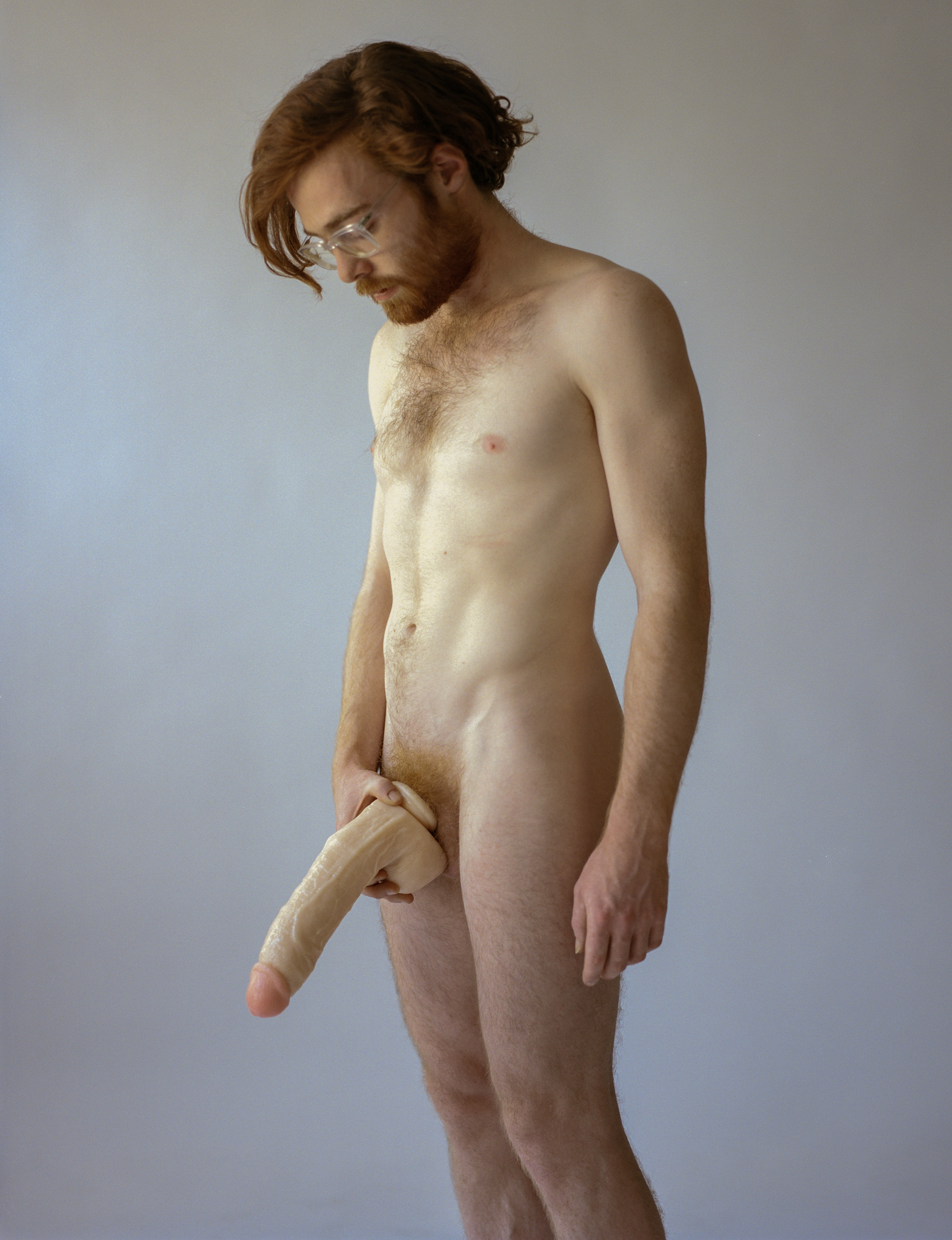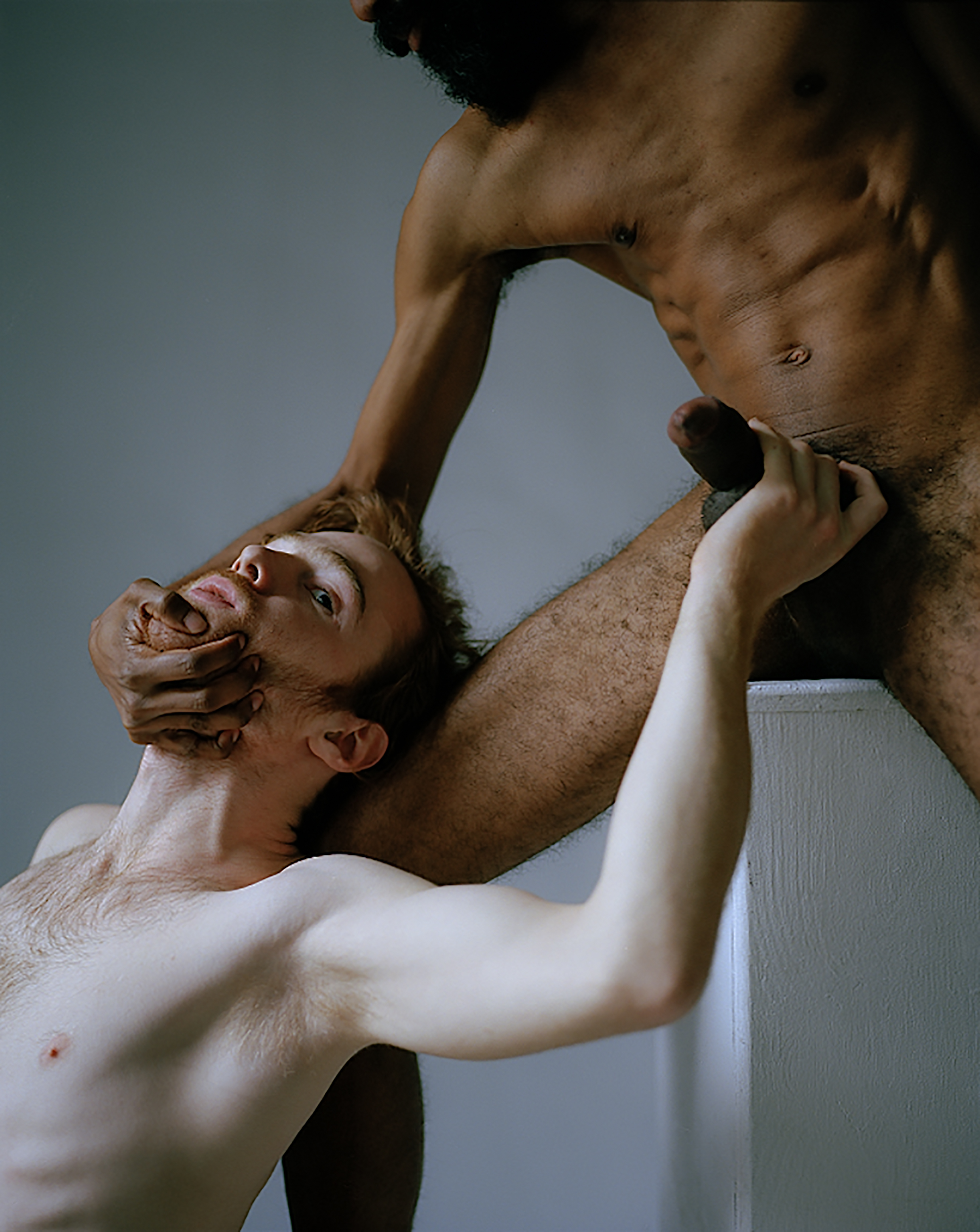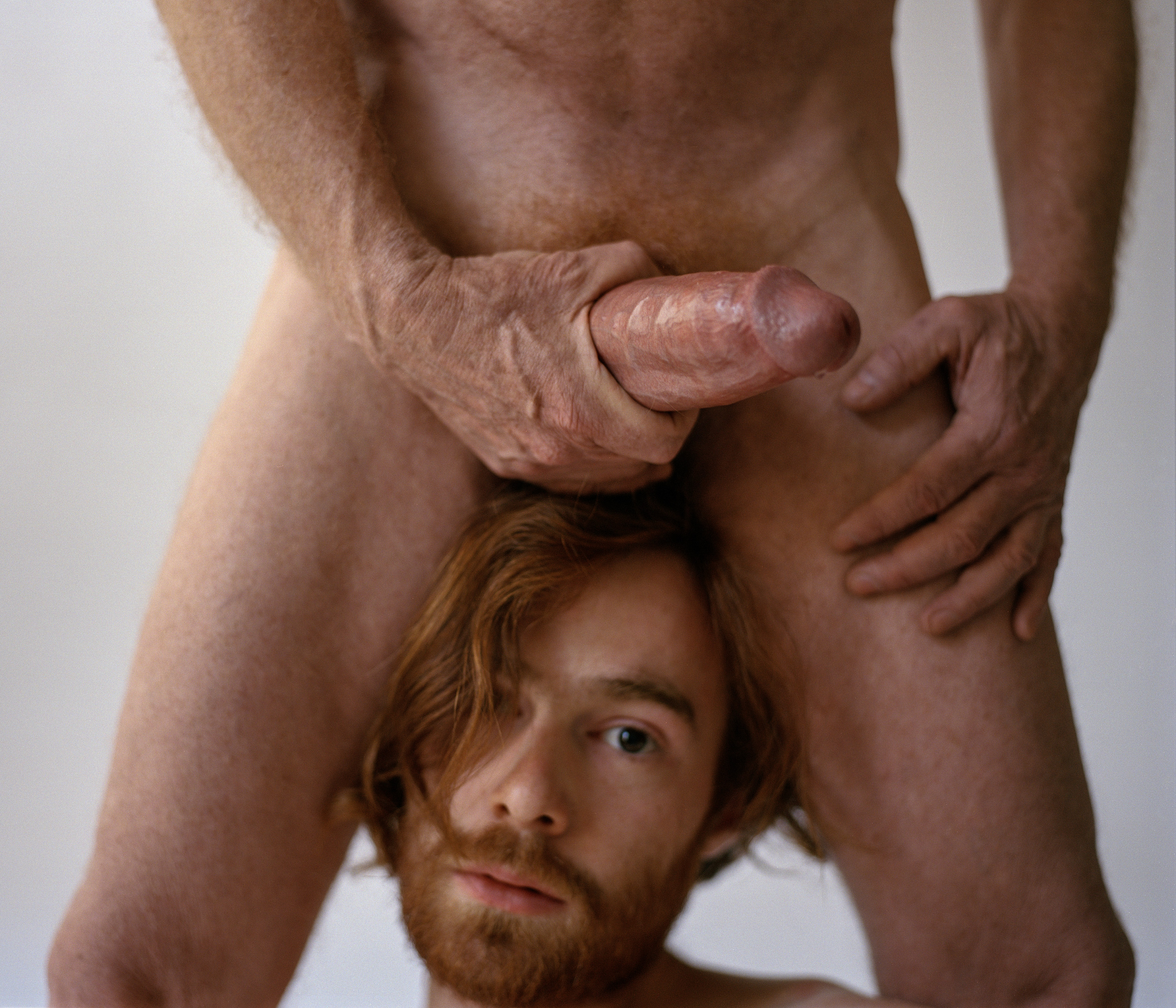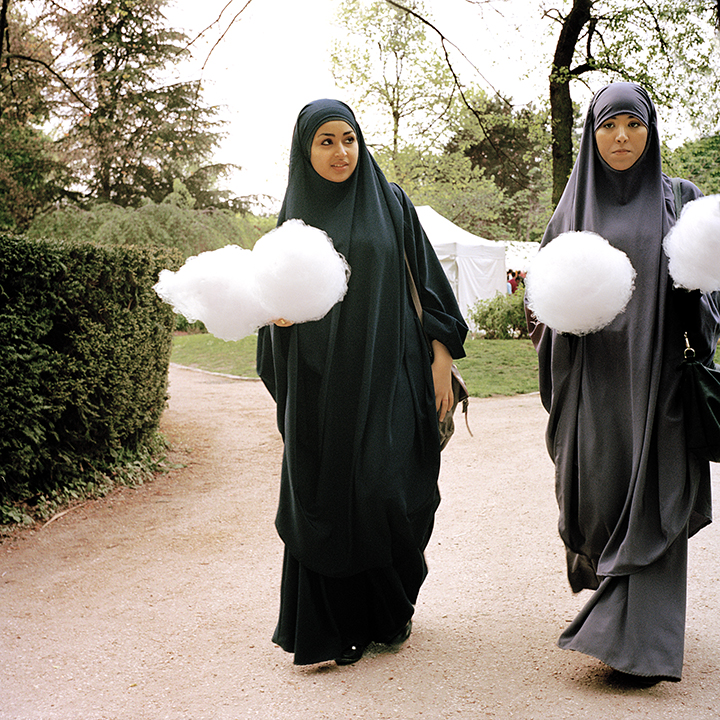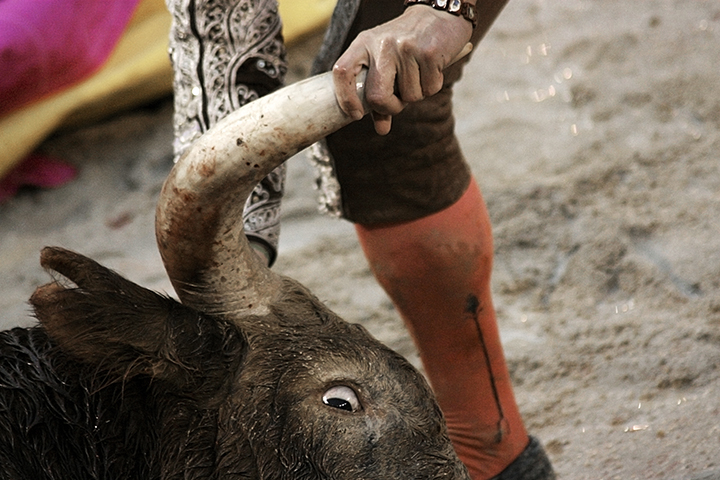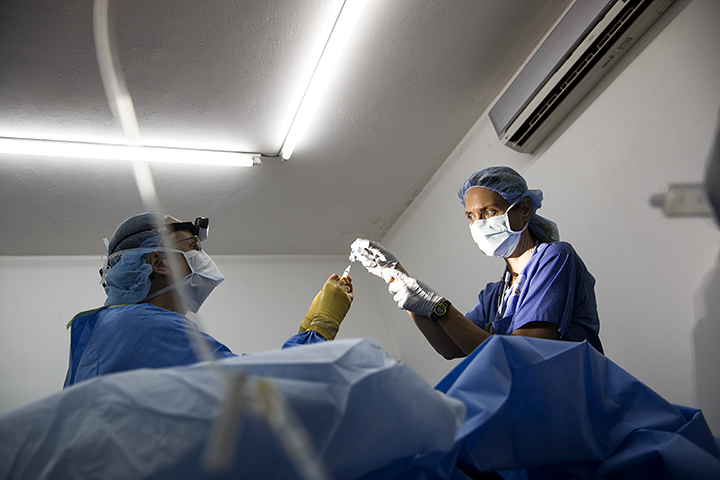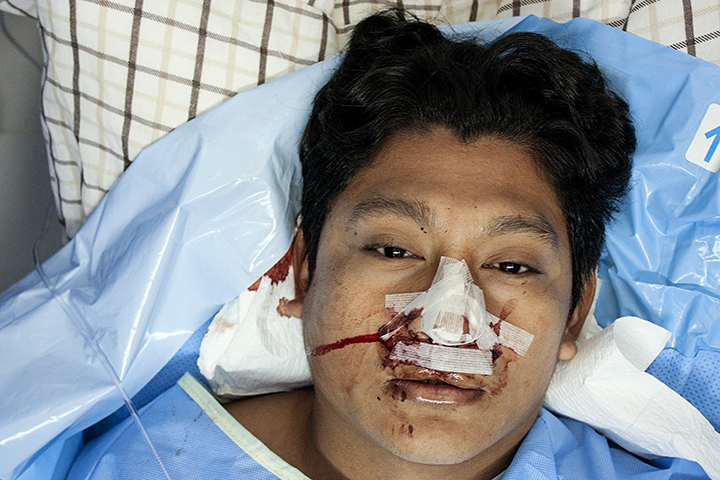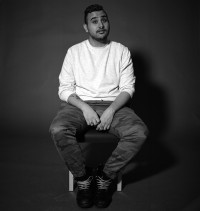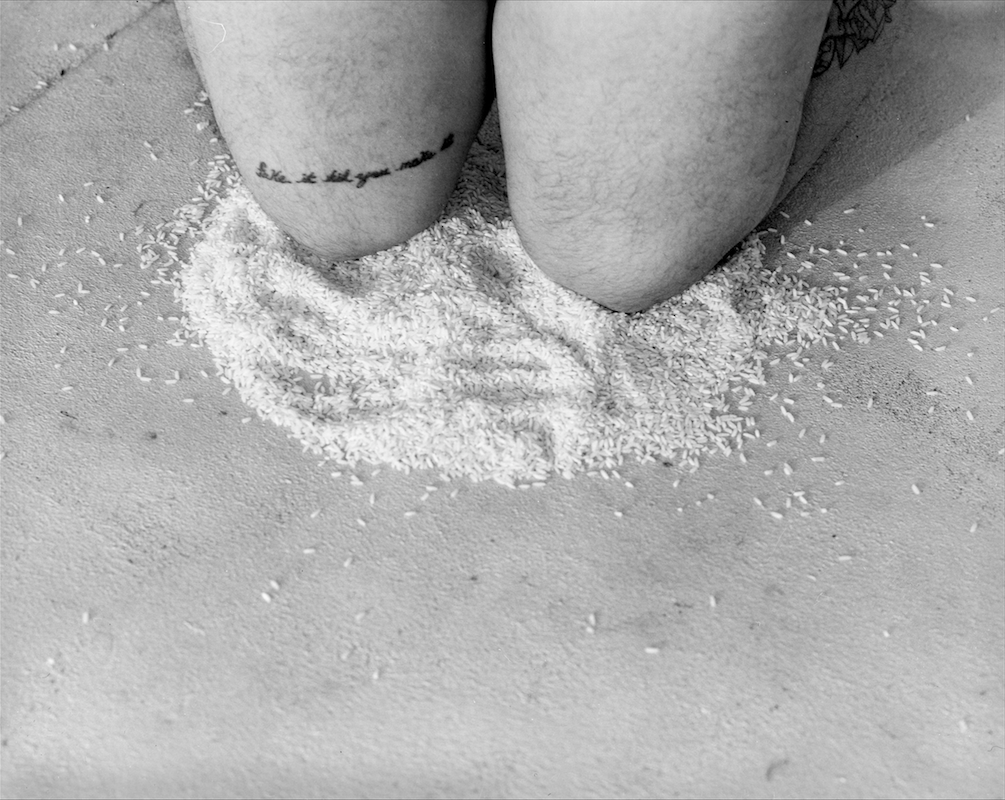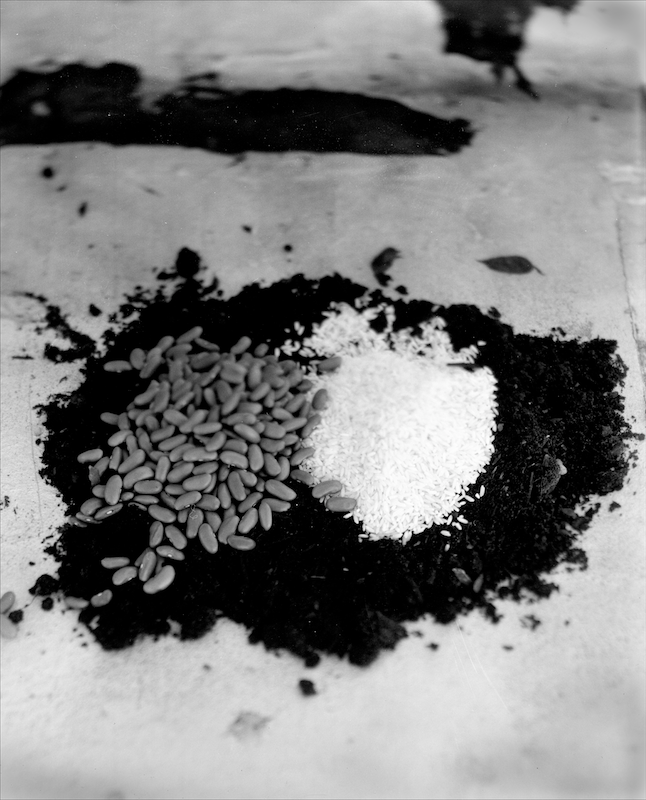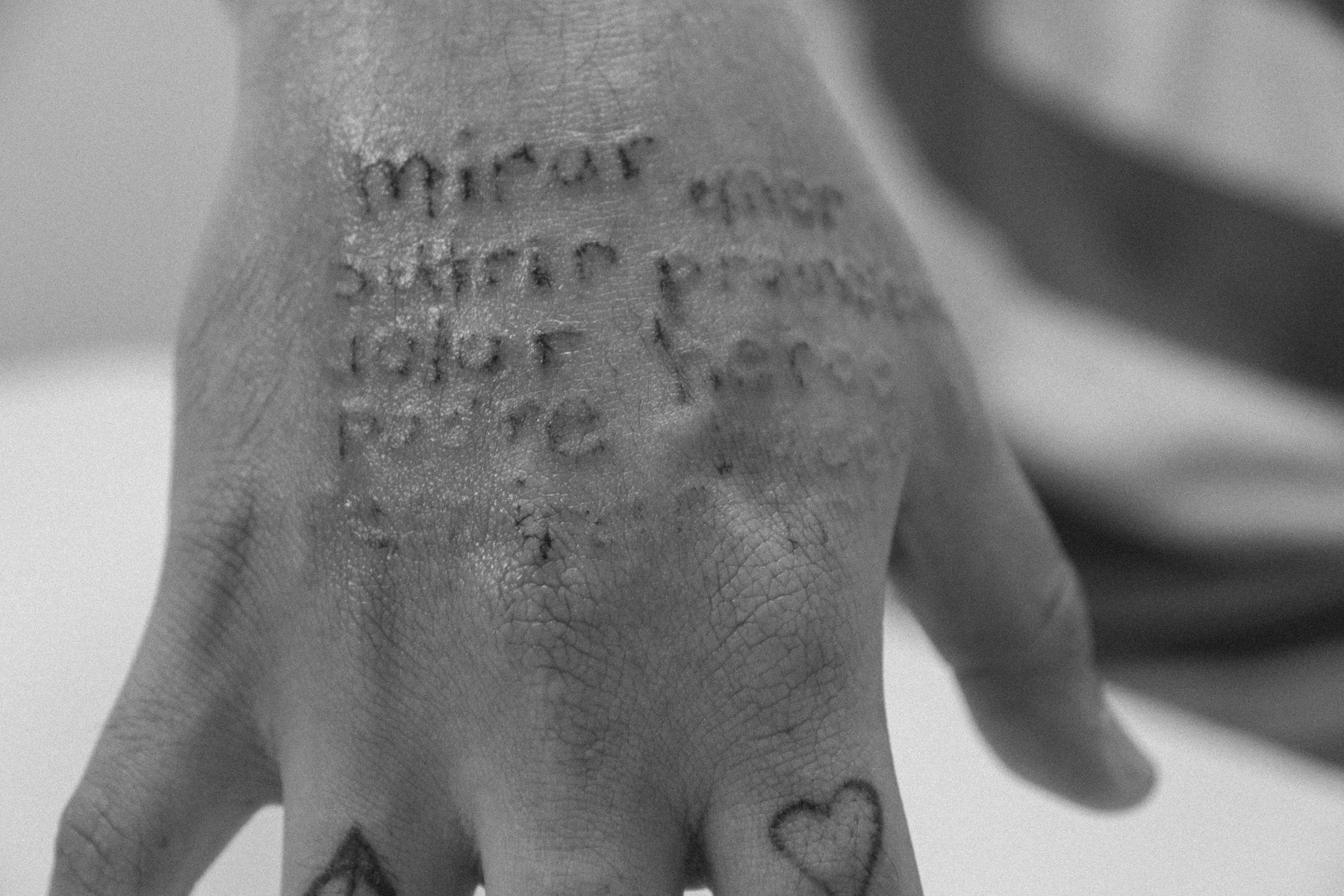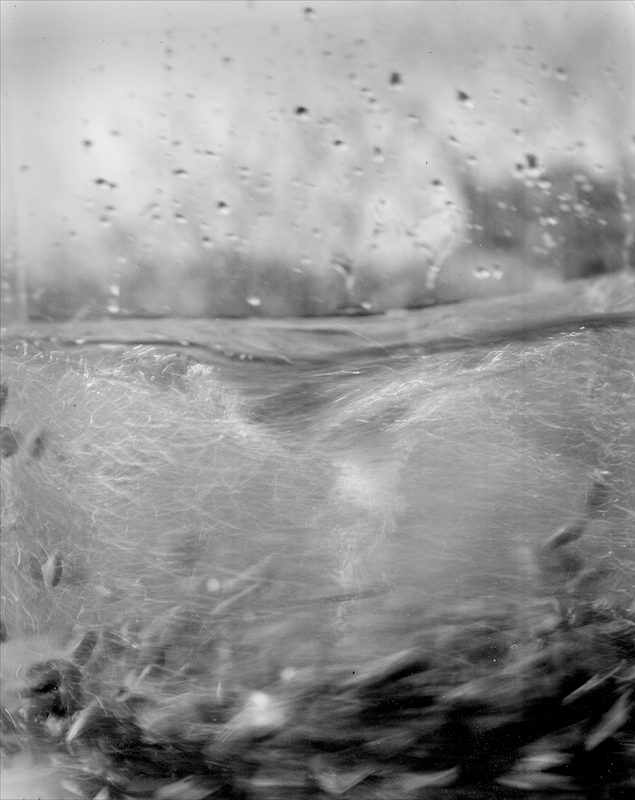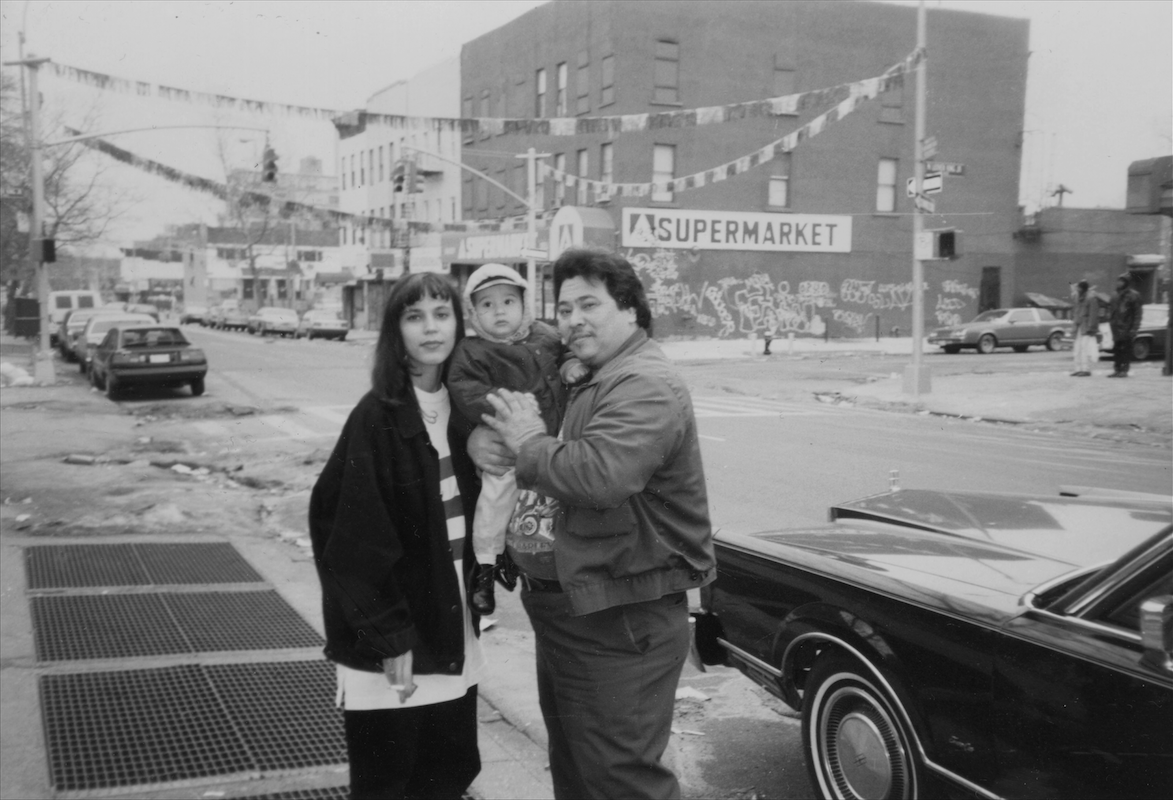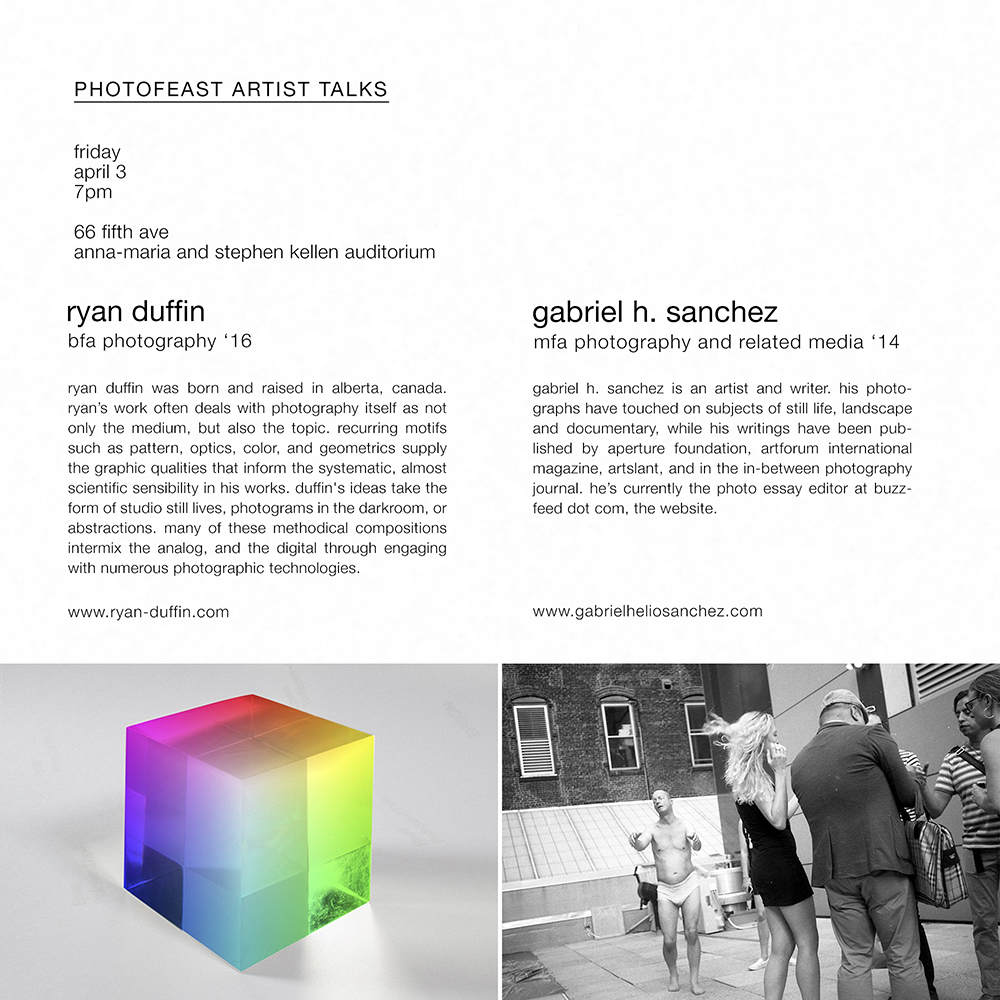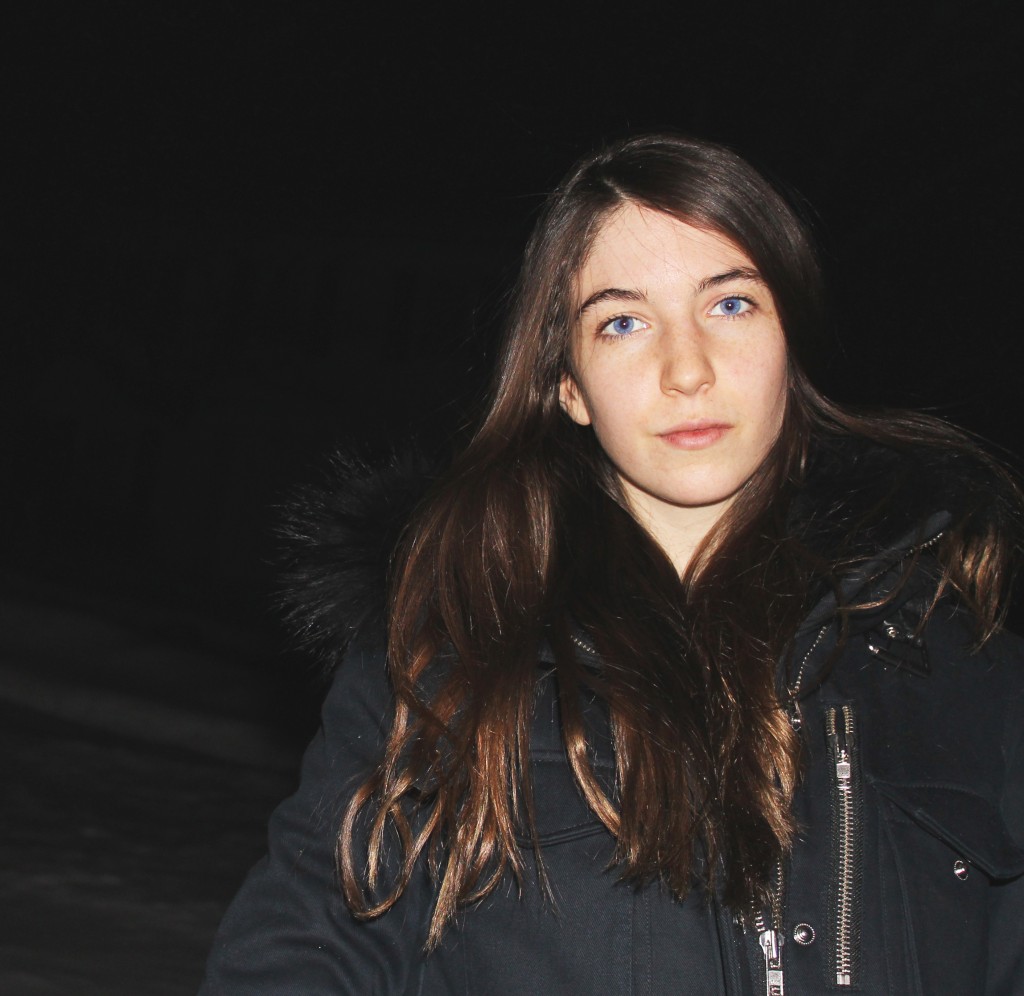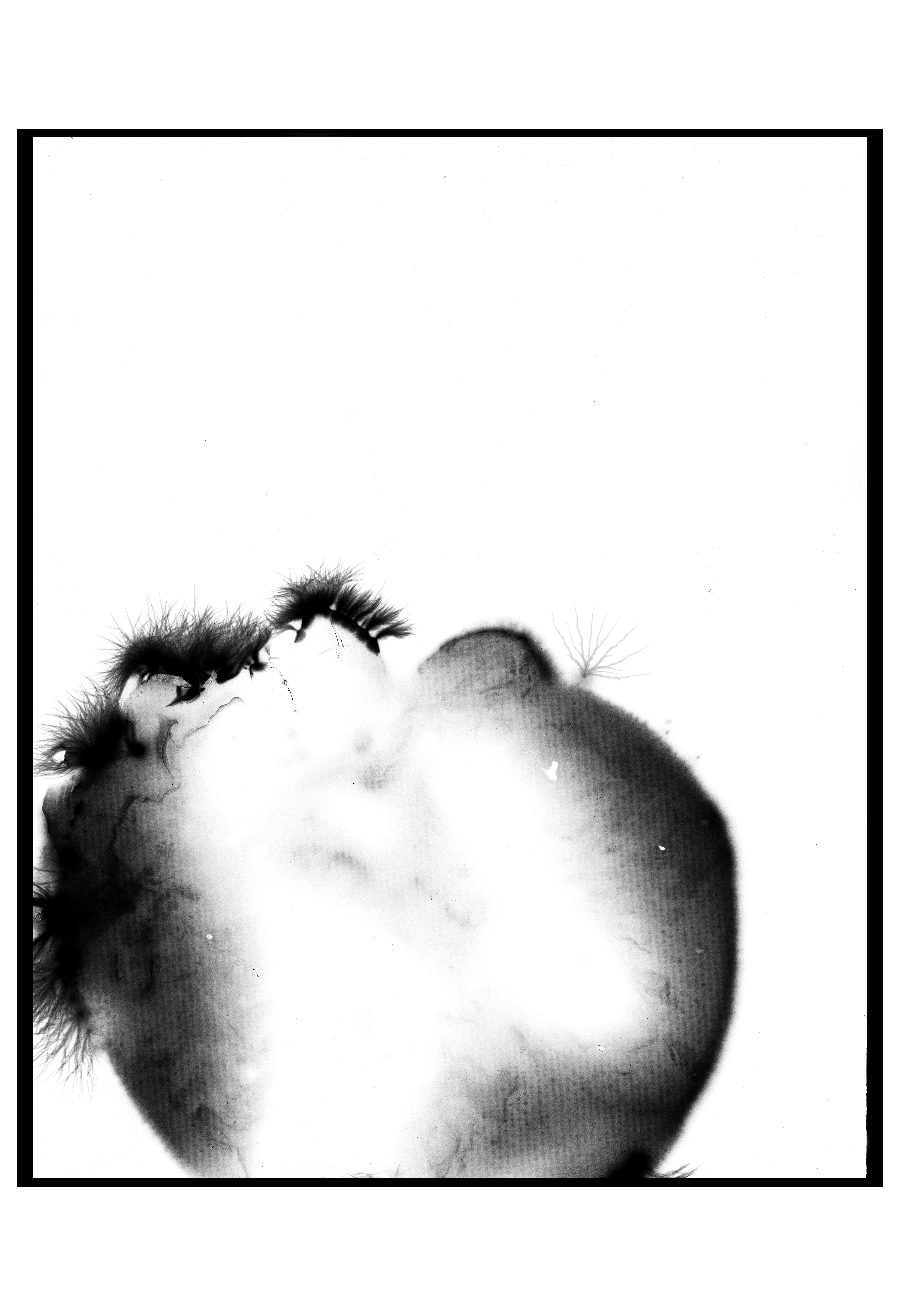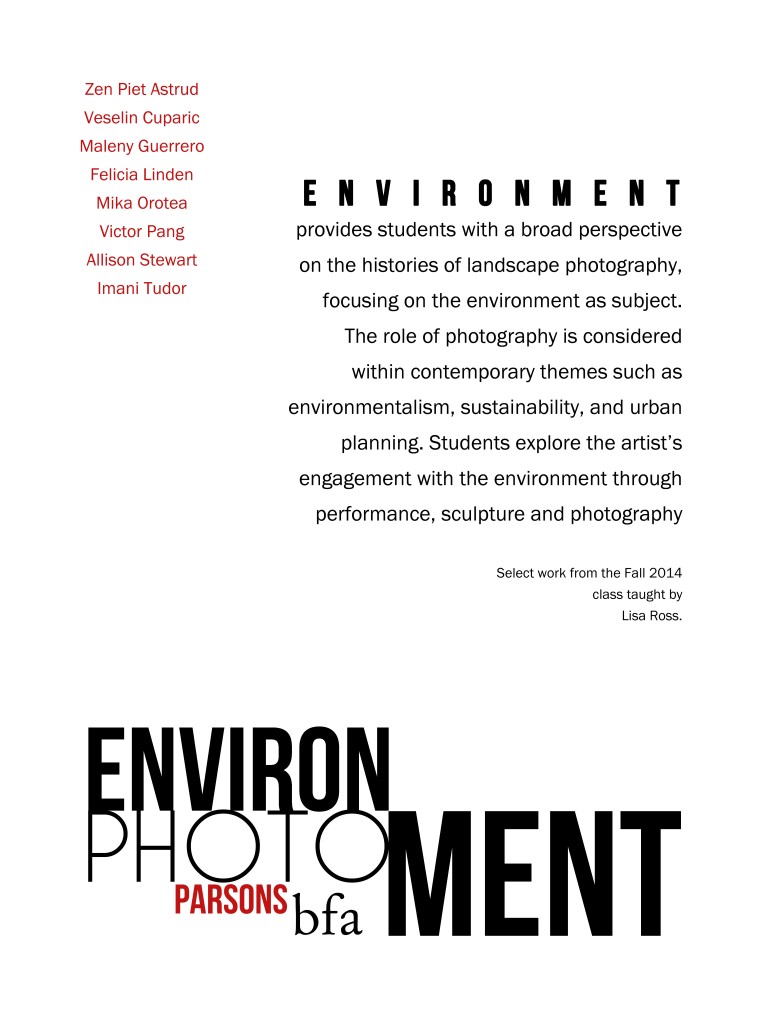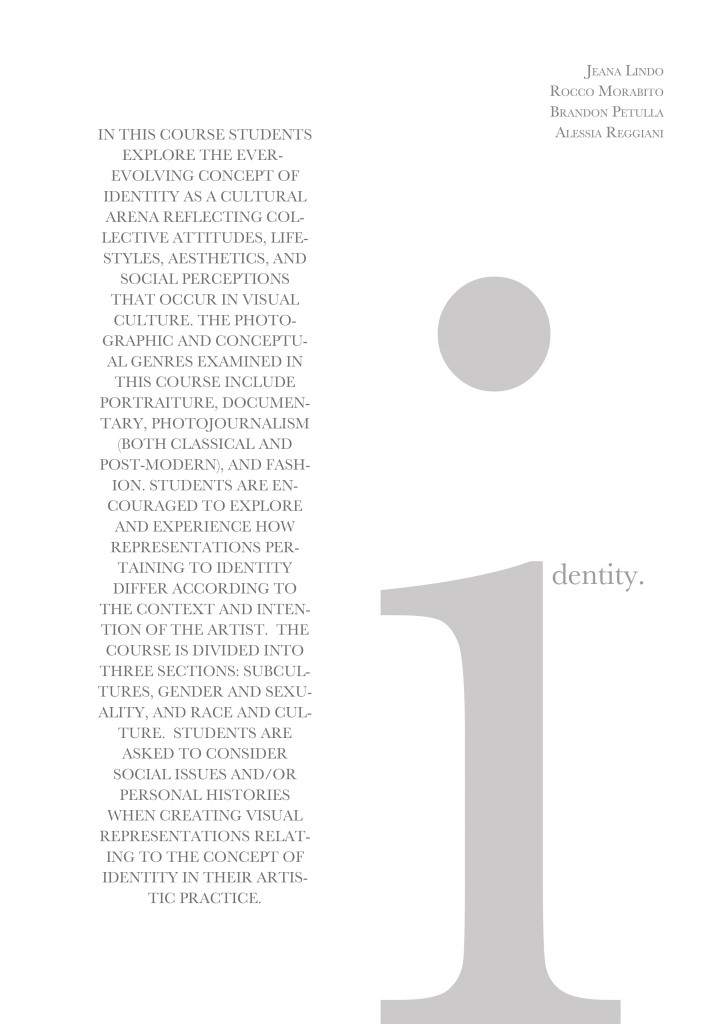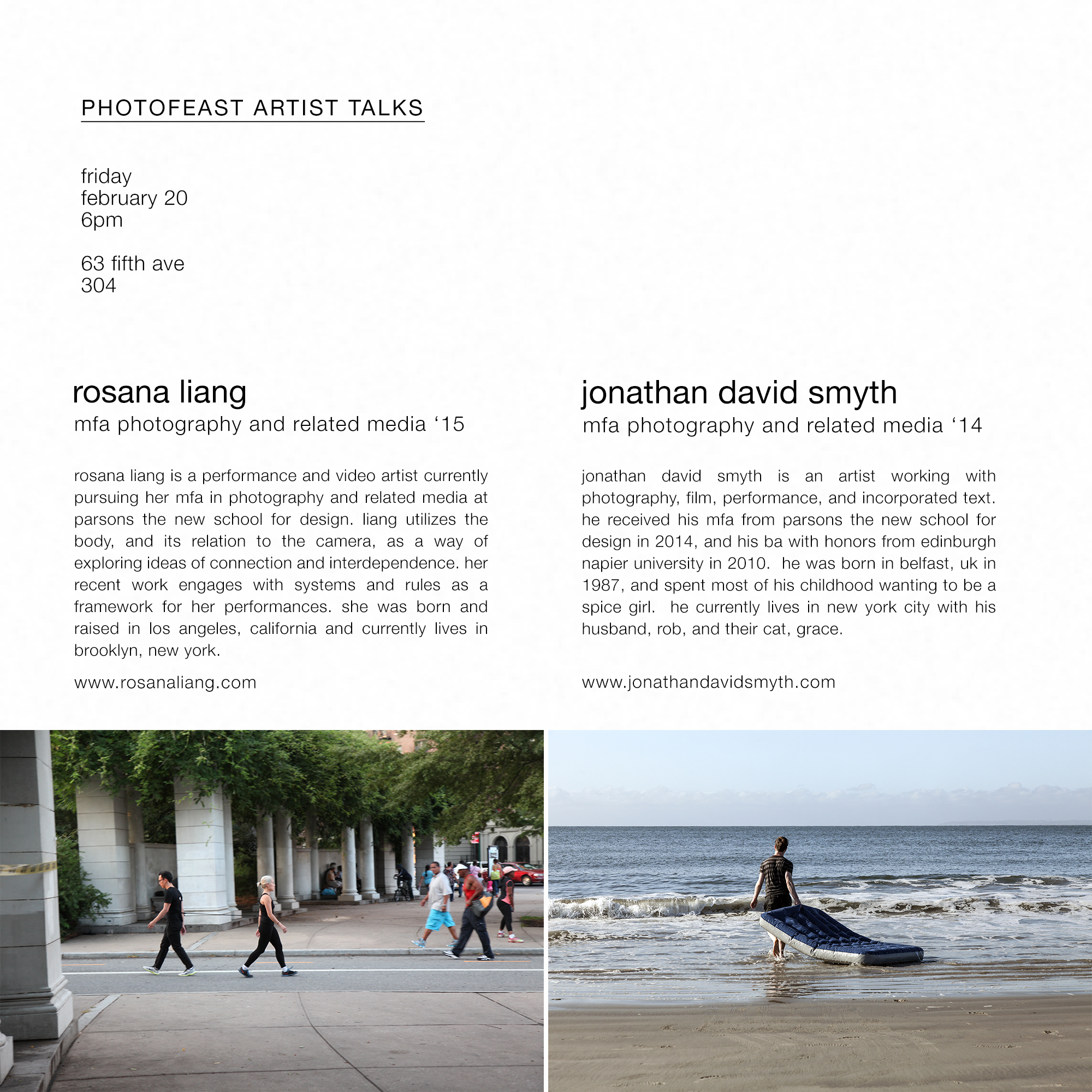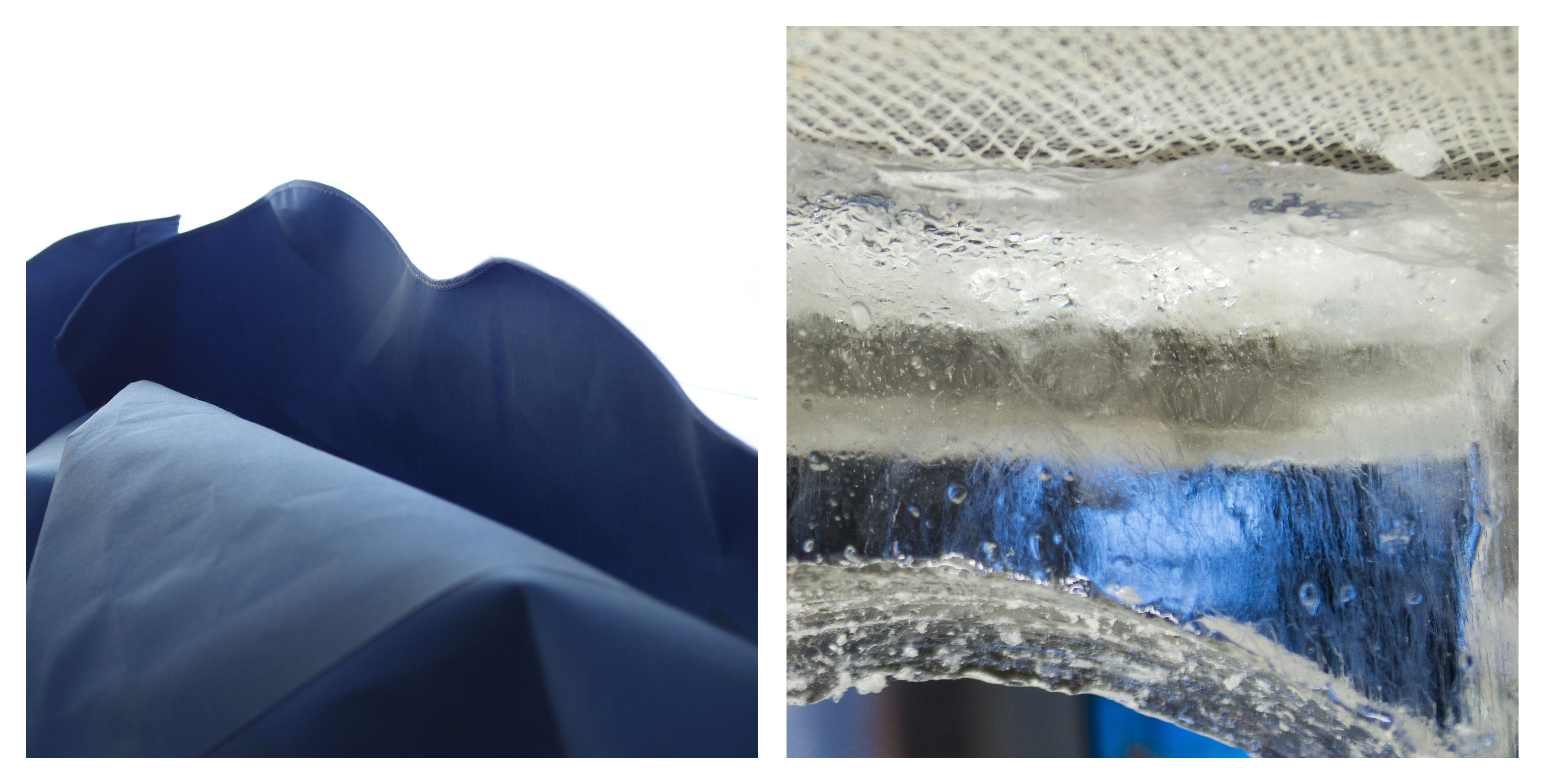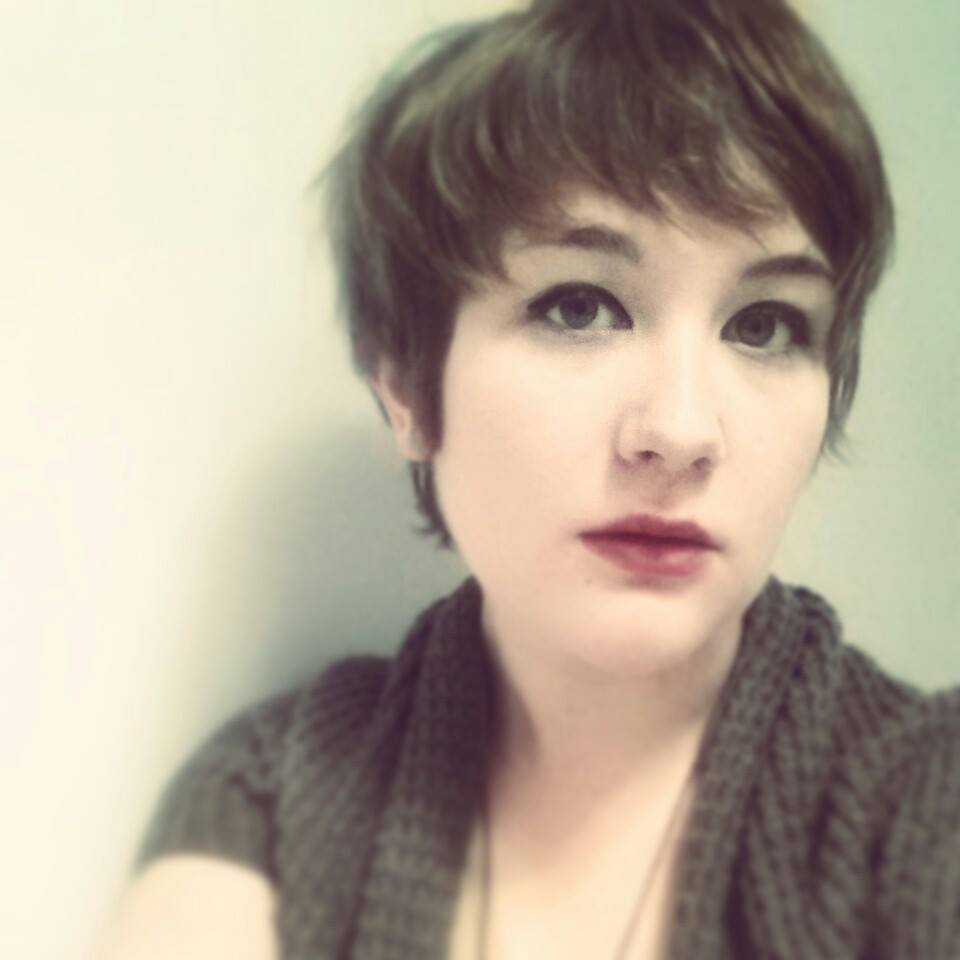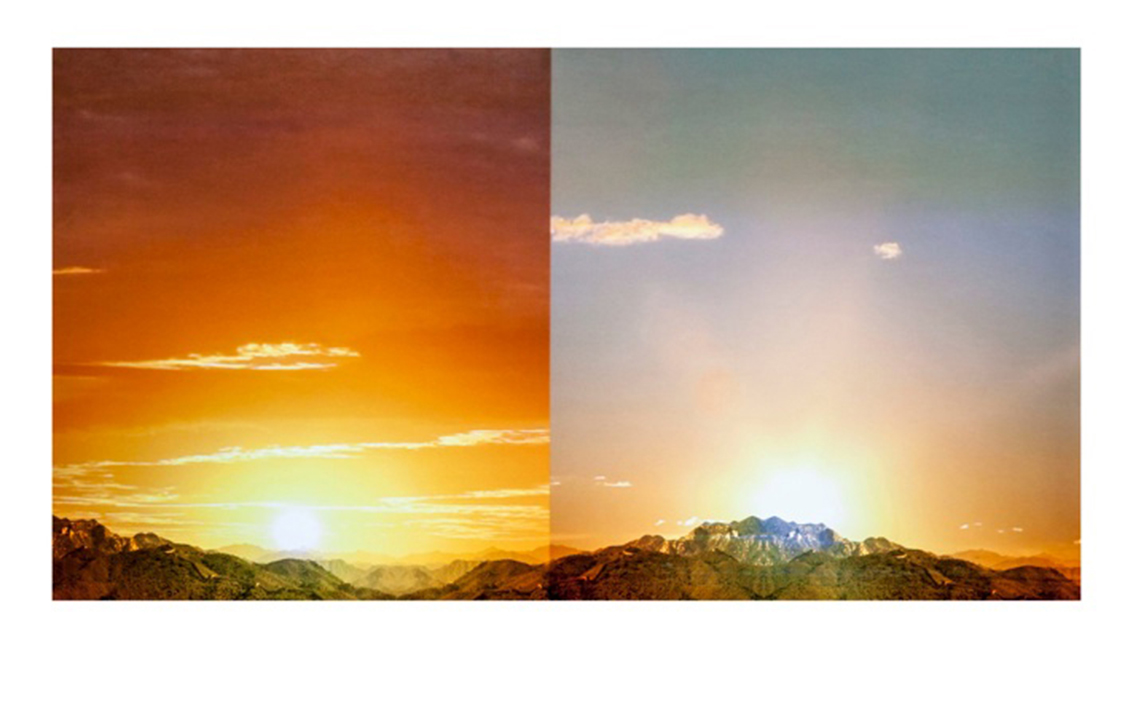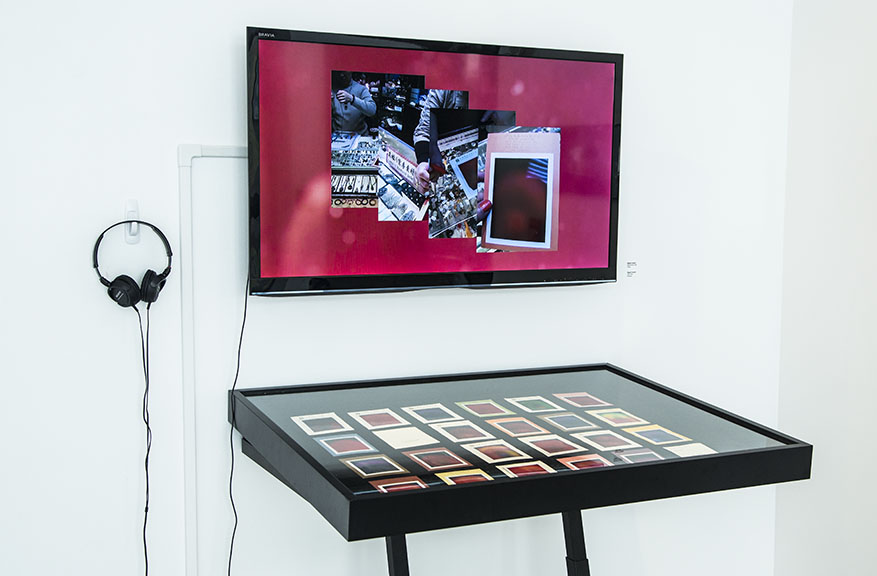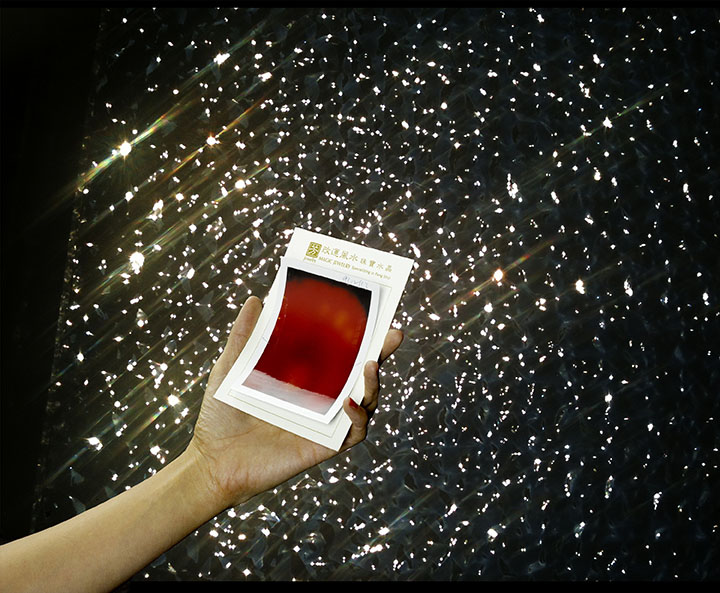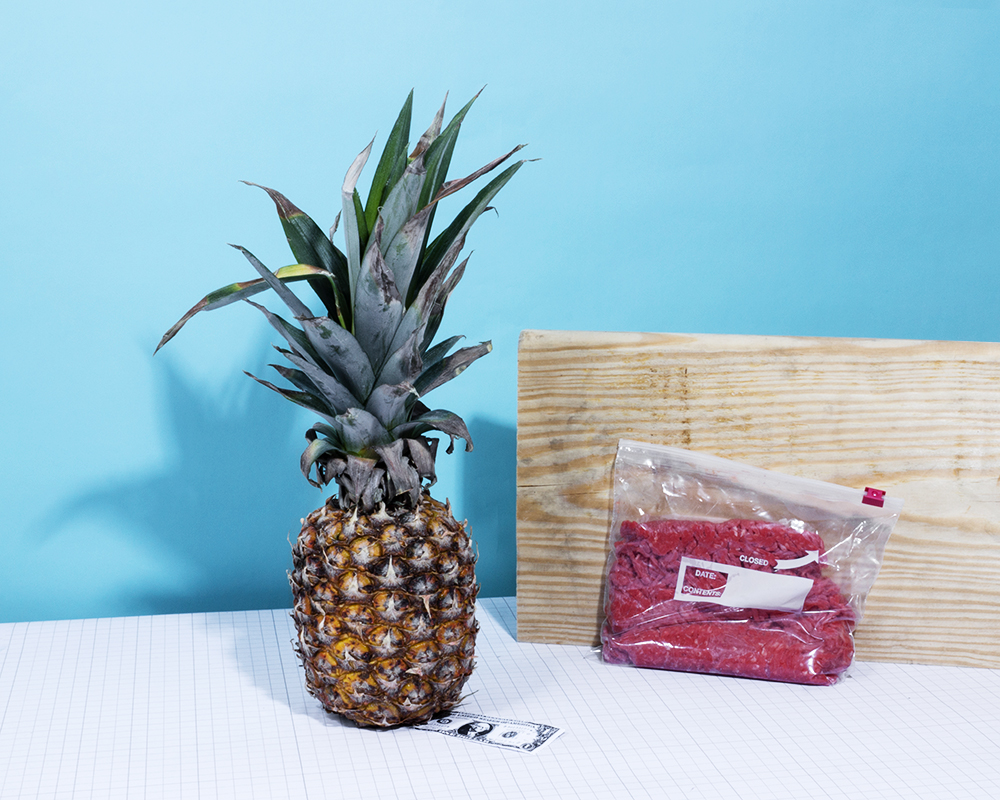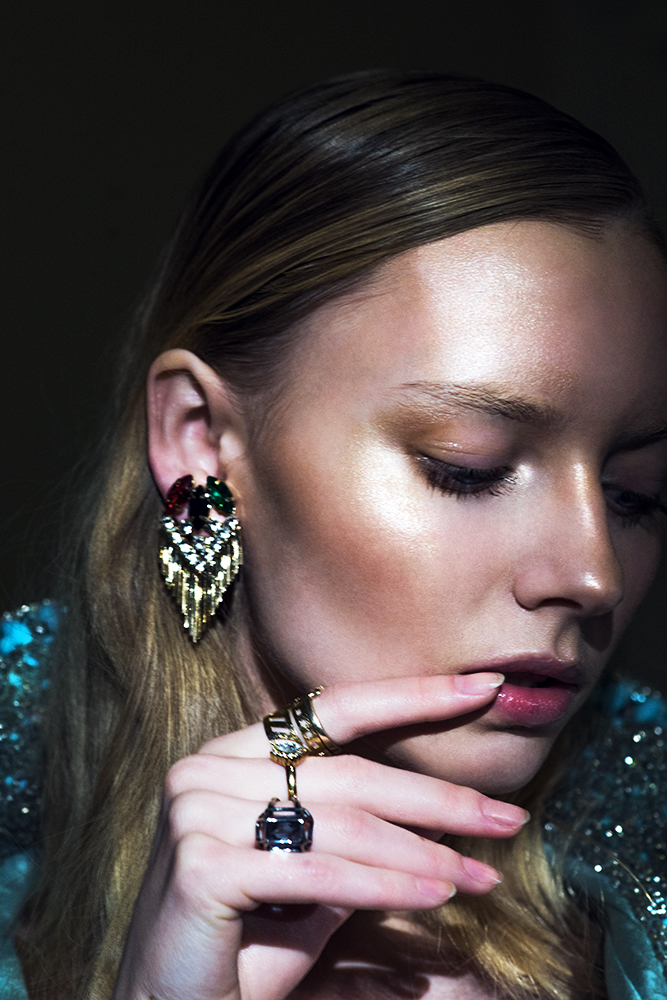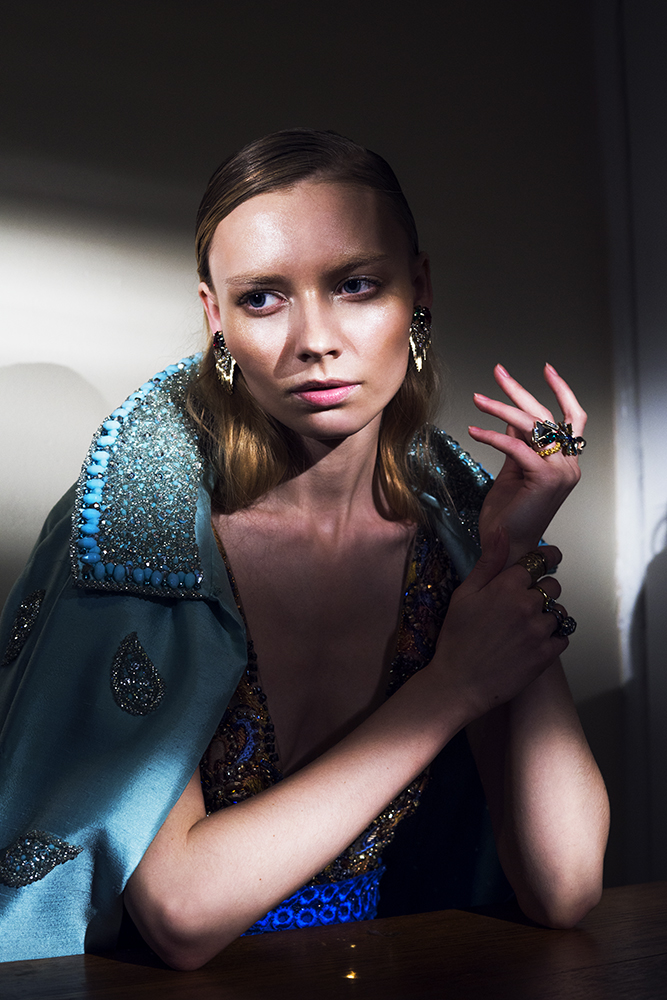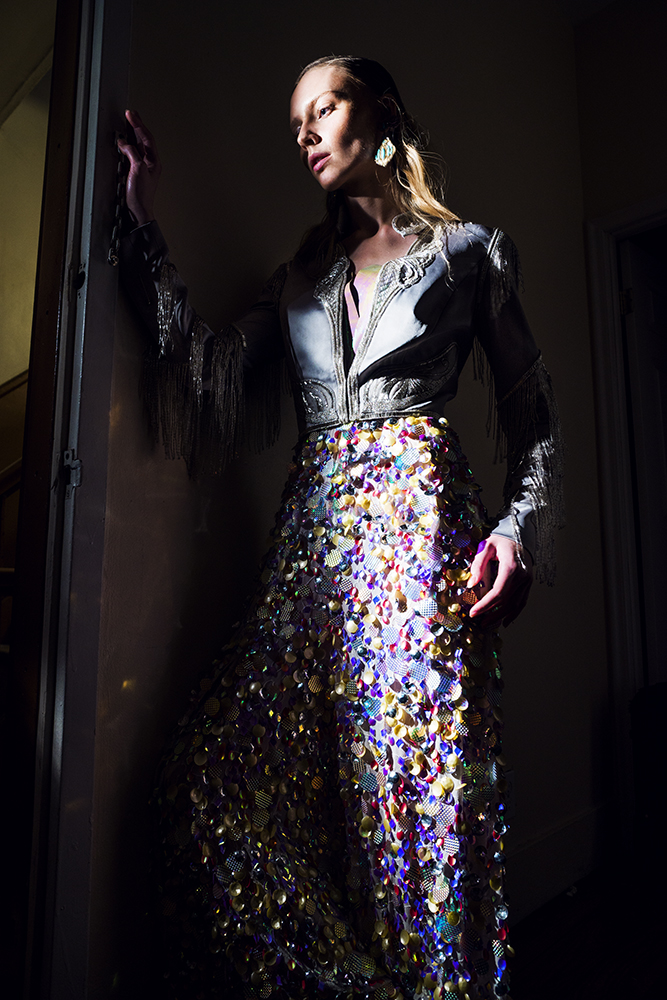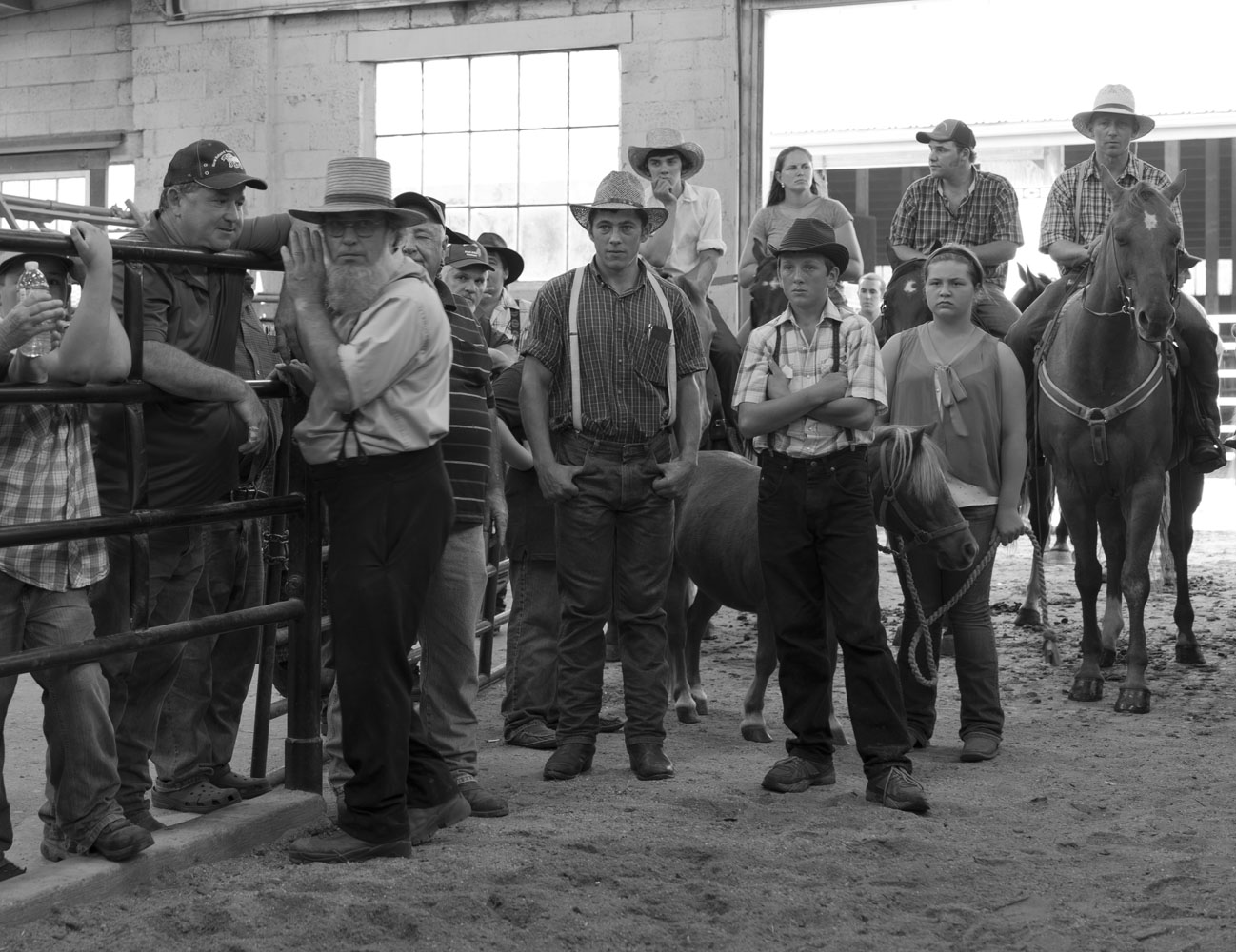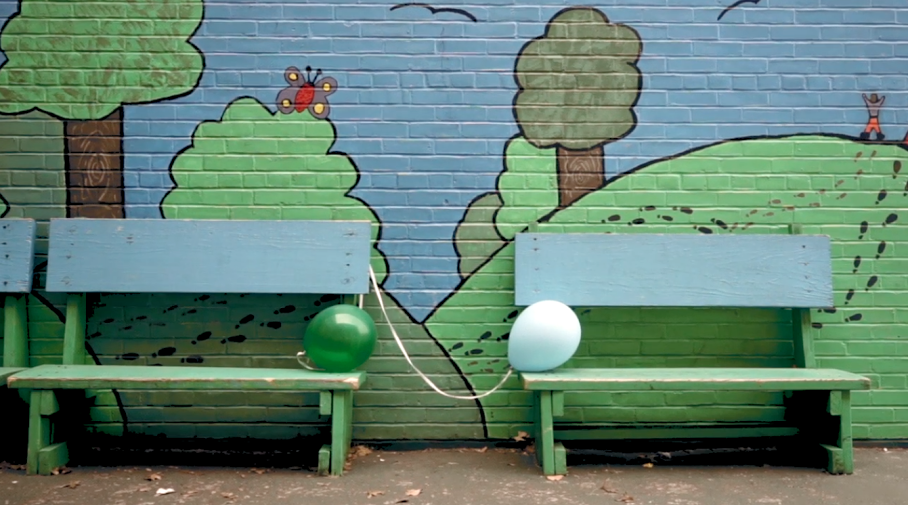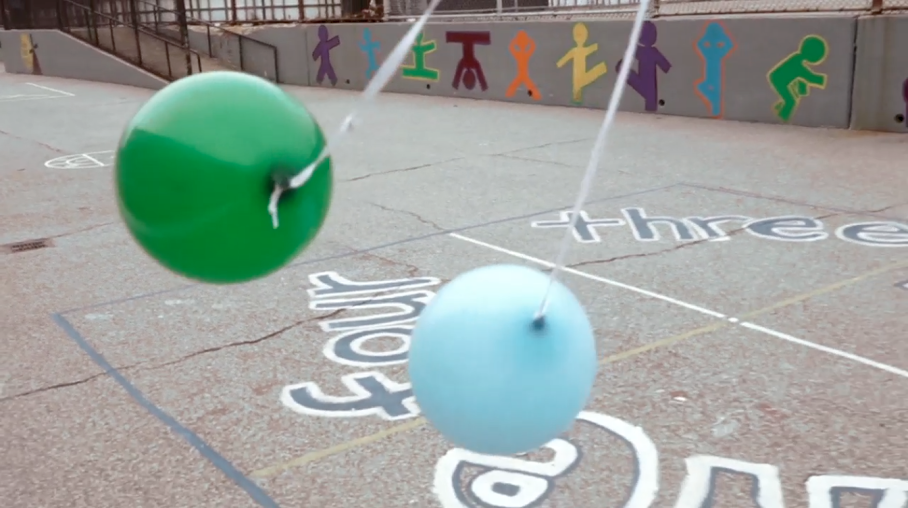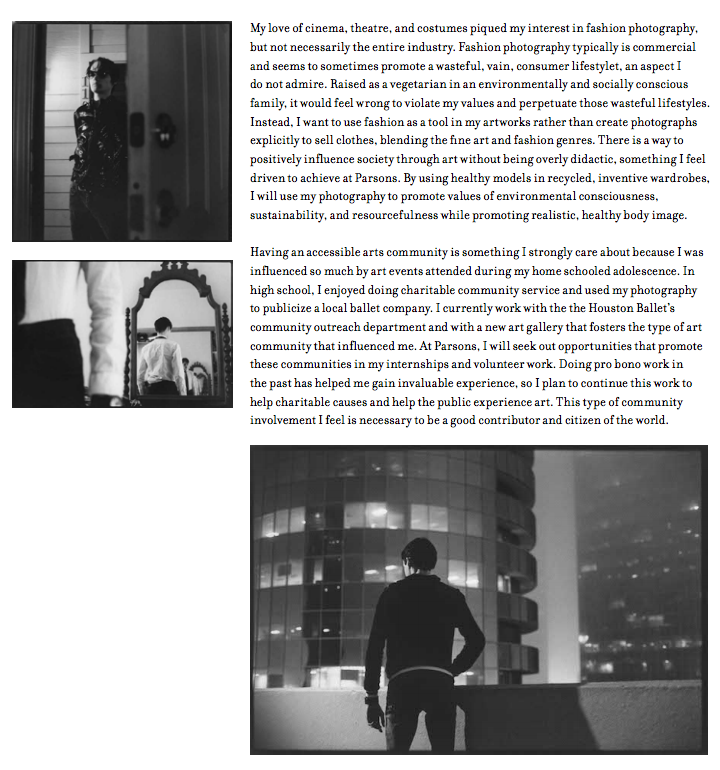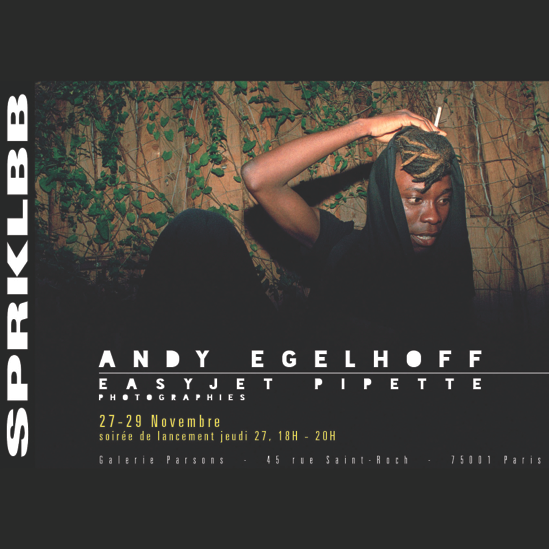Student News
BFA Thesis | March 25 – April 7 | 2024

We are proud to announce the Thesis Exhibition for the BFA Photography class of 2024!
Open from March 25th – April 7th in the Sheila C. Johnson Design Center (66 5th Ave, New York)
There will be a closing reception on Friday, April 5th from 4-7pm.
Please also visit the Thesis website.
Special Events for Alumni/Students of Color: 10/21 Community Brunch, 10/26 Portfolio Review, 10/27 Exhibition Closing Reception

(under)REPRESENT(ed) Community BrunchSaturday, October 21 from 11am-2pm6 East 16th Street, Wolff Conference Room 1103Alumni of color and Students of color are invited to break bread, reflect and strategize around experiences of race and identity at Parsons and within creative industries.
Please RSVP: tinyurl.com/underrepresentedbrunch
Fb event:……………………………..(under)REPRESENT(ed) Portfolio ReviewsThursday, October 26 from 6-8pmStarr Foundation Hall- 63 Fifth Ave (UC), Lower levelStudents of color are invited to receive critical feedback on work that addresses race and identity from alumni of color.Please RSVP: tinyurl.com/underrepresentedreview
……………………………..(under)REPRESENT(ed) ClosingFriday, October 27 at 6 PM – 8 PM66 Fifth Avenue, Arnold and Sheila Aronson GalleriesExhibiting alumni reflect on their work. Open to the public.For more information, visit: underrepresented.parsons.edu or email us at underrepresented@newschool.edu.
Parsons BFA Photo Students featured in Vice
Sam Lichtenstein, Andrew Egelhoff and Mika Orotea have all recently been featured in the recent Vice article “This Is the Next Generation of Great Young New York Photographers”.
To read the article please visit here
Sam Lichtenstein
Andrew Egelhoff
Mika Orotea
Freshman BFA Photo Student, Myles Loftin, Wins VFILES Runway Season 8
Freshmen BFA photo student, Myles Loftin, wins VFILES Runway Season 8 as a photographer.
You can read the winners announcement here
For more of Myles’ work you can visit his website
Jeana Lindo (BFA Photo) Exhibits in Group Show “Antique Black”
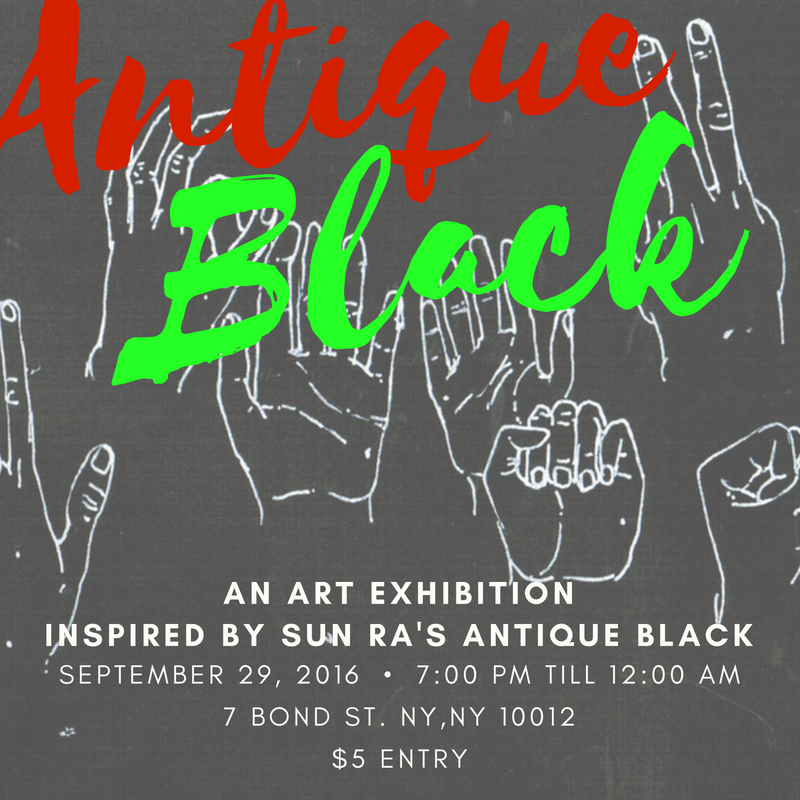 Thursday, September 29th
Thursday, September 29th
7 Bond St, New York, NY
7:00 PM – 12:00 PM
BFA Photography Sophomore Pin-Up Exhibition
Join us on Friday, May 6th for our BFA Photography Sophomore Pin-Up Exhibition.
66 5th Ave, 3rd floor. 7-9pm
Facebook event page:
https://www.facebook.com/events/1784678878427589/
Gallery 3 Student Exhibition: “EMPOWER”
Gallery 3 presents “Empower”
66 5th Avenue, 3rd Floor
(Image by Hallie Turner)
This exhibition is a representation of what different artists, whose gender is marginalized in some way, find empowering for them. This exhibition takes place during Women’s History Month and collects works which demonstrate the importance of intersectionality in feminism.
Featuring work by current BFA and MFA students Alison Viana, Azzah Sultan, Cassie Basford, Elizabeth Hernarine, Gabby Pignanelli, Hallie Turner, Jeana Lindo, Megan Tepper, Nicole Vega, Roberto Rischmaui, Victoria Rickson, Vix Walker.
Organized by Vix Walker, Hallie Turner and Victoria Rickson.
Take A Break From Midterms: Spring Breakers Bash! Wednesday, March 9
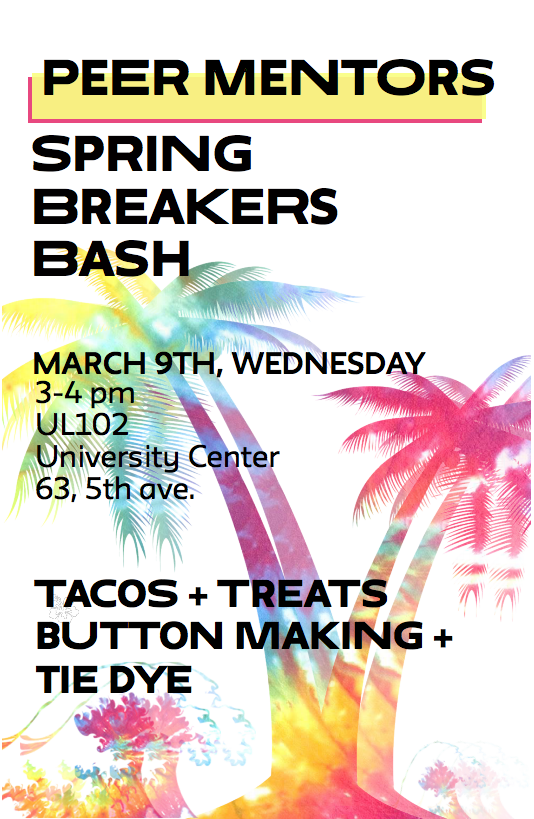
Peer Mentors / Spring Breakers Bash!
Who: Parsons First Years, AMT Undergrad Sophs and Juniors!
Join us for
Tacos + Treats
Button Making + Tie Dye
Wednesday – March 9th 3 – 4pm
University Center, 63 Fifth Ave.
Star Foundation Room
UL 102
Triangle Arts Artist-in-Residency, Parsons BFA Photo Student Lior Tamim, Opening Event 12/3

Lior Tamim, BFA Photography Senior
Lior Tamim, BFA Photography Senior at Parsons, is an artist-in-residence at Triangle Arts Association in New York City. He will be in residence there in November and December, working on his site-specific installation work. Tamim incorporates a wide variety of media including photography, video, performance, painting, and sculpture. Join him and fellow artist resident Pia Mannikko for their opening event on Thursday, 12/3.
Building Bodies: Pia Männikkö & Lior Tamim Thursday December 3 from 6–9 pm
Triangle Arts Association
20 Jay Street, Suite 318
Brooklyn, NY, 11201
Triangle artists-in-residence Pia Männikkö and Lior Tamim invite you into their studios to see works-in-progress that explore the limits of the human form.
Pia Männikkö constructs installations and photo collages that document and abstract the body as organic entity. Her practice explores the presence of the physical form as well as its interaction with the surrounding environment. Tamim transforms his studio into a vibrant red cube which serves as backdrop for an ongoing performance of the artist as body-builder. His collaborative and sitespecific installation negotiates complex questions about masculinity and power. Realized during their residencies at Triangle, the works on view by these two artists ask us to ultimately consider the body as malleable material. Pia Männikkö graduated from the Glasgow School of Art’s Sculpture and Environmental Art Department in 2010 and earned an MFA in Sculpture from the Finnish Art Academy in 2014. Her materials and methods are diverse—from everyday objects, textiles and clay to photography and video. Männikkö´s installations and sculptures have been presented in various exhibitions and art happenings, among others Mänttä Art Festival and Rovaniemi Art Museum in Finland, OpenART biennale in Örebro, Sweden, Armory Gallery in Sydney, Australia, Kraftwerk der Rathenau-Hallen, Berlin, Germany and The Royal Scottish Academy in Edinburgh, Scotland. Männikkö is an artist-in-residence at Triangle Arts Association through the support of the Finnish Cultural Institute in New York.
Lior Tamim is a visual artist living and working in New York City whose projects are installation-based and site specific, as each dictate unique rules and methodologies. He incorporates a wide variety of media including photography, video, performance, painting, and sculpture. He studied art and photography at Bezalel Academy of Art and Design Jerusalem and at Parsons, The New School, New York. Tamim is currently training to be a body-builder while he is in residence at Triangle from November—December 2015.
Triangle Arts Association is a NYC based non-profit arts organization founded in 1982 to support international and U.S. artists. Triangle’s core initiatives: Residencies, Workshops and Public Programs are centered on dialogue, experimentation and the creation of community around art. www.triangle-arts-association.org
For more information, visit TAA’s website.
PUSH / PULL: MFA Photography Thesis Exhibition 2015 Closes September 9th

On view: August 10 – September 9
66 Fifth Avenue New York, NY
Opening Reception: August 26, 6:30 – 8:30pm
View and download the catalog featuring artist interviews here
Artists:
Marco Bell
Shiang-Jiun Chen
Hu Qiren
Dongli Huang
Dongmin Lee
Rosana Liang
Ashley Middleton
Kelsey O’Brien
Masahito Ono
Melissa Preston
Matthew Scerbak
Emily Shevenock
Follow us on Twitter and Instagram: @ParsonsMFAphoto
Use our hashtag: #pushpull2015
BFA and MFA Photo Students Exhibit in St. Petersburg, Russia
On June 4th, faculty member Thomas Werner opened the exhibition, “The Museum: Within and Without”, as part of an international collaboration with the State Hermitage Museum in Saint Petersburg, Russia. This was the7th joint project with the Hermitage and one of our best. Parsons MFA and BFA students; Andrea Ibarra, Amanda Strukus, Ashley Middleton, Kalman Pool, Kelsey O’Brien, Kyle Meyer, Margaret Friedman, Marissa Fey, Martim Passos, Sarah Yee, Sofia Colvin, Varvana Mikushkina, Umber Majeed, Veronica Constabile, and Yuner Shao participated in the exhibition. Kyle and Yuner joined a post opening discussion regarding the exhibition via skype.
“The Museum: Within and Without” explores not only architectural representation, but the museum and the city itself as a context for conceptual exploration. Andrea Ibarra’s photographs take quotidian architectural spaces and recontextualize them as beautiful and elegant abstractions. Amanda Strukus has utilized imagery found on Google search to create idealized social spaces that are a reflection of societies frequent desire to present altruistic representations of the everyday. Kelsey O’Brien and Ashley Middleton use the city as a stage to question our role in a contemporary urban context. Alternately, the urban spaces in Kyle Meyer’s photographs deal with the area between life and death. Each of these young artists, as well as the others in this exhibition, ask us to consider a specific social or cultural aspect of our lives and our societies. Many of these themes are universal, resonating across both our cultures, others are specific to the urban spaces within our respective communities. All of the imagery in the exhibition serves as a stepping off point for the larger social, technological, and art cultural conversations taking place in both our countries, which has always been one of the strengths of this collaboration.
Interview with Aurélien Nobécourt Arras, Class of ’15
WHERE ARE YOU FROM ORIGINALLY
I was born in Pennsylvania. I moved to the Paris area when I was five years old, and moved to New York at seventeen.
WHAT ATTRACTED YOU TO THE BFA PHOTOGRAPHY PROGRAM AT PARSONS AND HOW’S IT GOING SO FAR?
I’d never heard of Parsons until I began looking into college options. I remember meeting with Arthur Ou, head of the department at the time, who made a good impression. I never realized how thorough a photographic education would be until I began going to school for it. I think Parsons is known for how intense it can be, and when you really get into it you can start living around making work, looking at work, thinking and talking about work all the time. There is no limit to how seriously you’ll take it, or what your work ethic is. I don’t know how other photo programs are, but I can tell how Parsons Photo just sort of goes with what you are doing – even if you’re lost as to what that is. I think we always respect each other’s work, and that we are all making something different. Still, we’re a small enough group that we’re almost forced to feed off each other all the time. You see what people around you are making, the prints that were left behind, the ones hanging in the hallway or in the trash; the kind of subjects people bring in, the music they play when they shoot (or edit work), all these things set the mood for a creative space in which we live daily.
WHAT IS YOUR FAVORITE CLASS AND WHY?
My favorite class at Parsons was probably George Pitts’s ‘Picturing Sexuality’, which I took in 2013 and changed the way I made pictures. My thesis project was born in that class; it was like a switch. Something changed for me, and my work has been growing since.
Other noteworthy classes are Landscape & Space,
HOW DID YOU BECOME INTERESTED IN PHOTOGRAPHY?
I don’t know. I just remember myself with a small point-and-shoot, looking around curiously and making bad pictures. I would photograph flowers and smiles and the Eiffel Tower and sort of ponder at the frozen results. I think I responded so much to the medium because it was so silent. I’ve been hard of hearing since as long as I can remember, and I found refuge in the quietness of photographs. I think this “quietness” is visible somewhere in my work. I also have bad eyes, but the difference is that when you can’t see something properly, you can still see it a little, you can move around and get closer and gradually identify it – but if you miss a sound, there’s no way to know it.
WHERE DO YOU SEE YOURSELF IN TEN YEARS? WHAT ARE YOUR PRIMARY GOALS?
Ideally, I hope to work for myself. Living off my work, showing it to whom might be interested. Despite my traditional aesthetic, I’m looking at contemporary issues that have relevance today. I want to spark dialogue and conversation but with questions more than statements. Using myself as a visual thread that I manipulate, I can remind the viewer that the standards we live by today – such as gender categories, one example of many – are all constructs. Once we realize that, it can empower us to change our habits and mindset as individuals. By getting used to our daily powerlessness, we begin to think our actions or opinions have ceased to matter.
WHAT KINDS OF THINGS SPARK YOUR IDEAS?
Human behavior. I observe a lot around me, am affected by kids a lot. I always think about my life, my choices, and how they affect who I am and how I think in ways I can’t even grasp. However, I always have a hard time remembering my childhood, so what triggers my work stems from more recent experiences. I’m always amazed at how all these broad and ‘abstract’ notions of gender, race, class, hierarchy, balances of power etc are constantly happening all around us every day, enforced or fought, consciously or not. There is so much to look at in human behavior – and that’s why we should leave animals alone by the way.
WHAT INSPIRES YOU AS AN ARTIST? AND WHAT ARTISTS HAVE INFLUENCED YOU THE MOST?
I’ve always relied on inspiration from artists for visual aims over conceptual ones. In that sense, I definitely owe one to Robert Mapplethorpe, who has been influencing all of my portraiture work since day one. In that vein, George Platt-Lynes, Walker Evans, Duane Michals, Bruce Weber, Manuel Álvarez Bravo and Matthew Morrocco.
I’m currently working on a book around the landscape and architecture of Cuba, where I studied abroad last year. Documenting nature and our footprint on it has always been my first passion. I’ve loved Robert Frank, Lewis Baltz, Eugene Atget, Edward Burtynsky and Sebastião Salgado.
Interview with Marlene Scheurlen, Class of ’15
WHERE ARE YOU FROM ORIGINALLY
I was born in Hamburg, Germany and raised outside of Boston, Massachusetts.
WHAT ATTRACTED YOU TO THE BFA PHOTOGRAPHY PROGRAM AT PARSONS AND HOW’S IT GOING SO FAR?
Parsons was part of my plan to live in New York City. I had heard enough good things about the school to push me to apply, and it became my first choice. I had my heart set on living in New York City almost out of the blue – I’m not one of those people who always wanted to move here. I never had any inclination to do so until the year I applied, I just wanted to stay living abroad. But I just suddenly decided – as I do with most big decisions – I wanted to move to the city. I guess it had to do with being surrounded by a group of artists in Tel Aviv. They always talked about it – how they wanted to move to NYC, how much they love the city, or how much they wanted to visit or live there. And I was shooting a lot of photography at the time, just amateur stuff. I knew very little about cameras, but it became a passion and I decided on it as a career move. So everything kind of unfolded, as things do, and I ended up here. And it has been pretty awesome. I’ve gotten so much out of this school, and the life I built here, more then I could have anticipated. It kind of blows my mind how much I’ve grown up in the last four years, how much we all have.
WHAT IS YOUR FAVORITE CLASS AND WHY?
Right now it’s my thesis course. I have George Pitts, and I think he’s the cats pajamas. He has such a calming demeanor, it puts you at ease. And it’s very comforting, in all the chaos, having a professor like him take a genuine interest in my work. The class has allowed me to build my thesis the way I want to, at the pace and process I work best at. I’ve been given a necessary freedom in the work I am producing, and I really appreciate that.
HOW DID YOU BECOME INTERESTED IN PHOTOGRAPHY?
One summer, when I was around ten years old, I was walking with my father through a city in Austria and – probably out of boredom – he told me that if I jumped into a public fountain he would buy me a camera. So I jumped into the fountain, and he bought me a camera. It was a 35mm Canon – I’m part of the final remnants of a generation who grew up without digital cameras, so I learned through film. And since then I carried photography with me as I grew up. It is one of the only elements of my life that has stuck with me.
WHERE DO YOU SEE YOURSELF IN TEN YEARS? WHAT ARE YOUR PRIMARY GOALS?
I really have no idea where I see myself – I don’t know where I’ll be in the next year. But I know I want to be a documentary photographer. And I want to travel. So if the stars align and my dreams come true I’ll make a living as a documentary photographer, hired to be sent on location to document people/places/events around the world to be used to tell, or help tell, stories. I also aim to become a very good at swing dancing. And acting.
WHAT KINDS OF THINGS SPARK YOUR IDEAS?
People do. I love people. And stories. And when I hear all these different stories, and about these different lives, separate from my own, I get ideas – ideas on what I could document that would be interesting, what kinds of stories or lives I could photograph that would make people feel like they’re getting a rare chance to see into a world that is hidden, overlooked or out of reach for them.
WHAT INSPIRES YOU AS AN ARTIST? AND WHAT ARTISTS HAVE INFLUENCED YOU THE MOST?
I’m inspired the most by traveling – I thrive as an artist when I’m in an unfamiliar place or situation (as many of us do). So even if I’m home in NYC, as long as I’m finding something new – something out of the ordinary for me – then I can feel inspired, and that’s when my best shots are taken. I’m drawn to the darker sides of life and living, to the imperfections and irregularities, especially within people. My continuous “behind the scenes/backstage” work doesn’t just focus on the unpolished reality of entertainment scenes, but also in settings like hospitals, farms and homes.
My favorite part about being a photographer is that I have the ability to enter into these different worlds and become directly involved in a scene I otherwise wouldn’t be a part of. Photography motivates my curiosity and has pushed me through to so many interesting situations and people. I’m able to use the innate chameleon side of myself.
I’ve always been in love with Philip Lorca-Dicorcia’s work, which definitely inspired my own work in the beginning of my time at Parsons. But I moved away from that after realizing I have very little patience in being in control of my compositions. My talent lies in un-staged – for the most part – documentary work. When I was introduced to Guillermo Cervera’s work, and hearing him speak about his war photography, that really ignited something in my own work and a realization of what direction I wanted to take. Alex Webb creates such beautiful vibrant images – they’re full of layers, movement and environment – which is something I have been trying to emulate more and more. And Nan Goldin is a big influence of mine: I am constantly documenting my own weird world within the lives, events and environments I surround myself with. But I feel that myself and my work is constantly changing, and so artistic influences are as well.
Interview with Oscar Rivera, Class of ’15
I was born and raised in Brooklyn, and I still live at home with my family.
WHAT ATTRACTED YOU TO THE BFA PHOTOGRAPHY PROGRAM AT PARSONS AND HOW’S IT GOING SO FAR?
Parsons was my dream school. I remember coming here on a field trip when I was a freshman in high school, and getting a tour of the 10th floor labs. I saw students who were working on things I’d never seen before, and they wanted to be here. In my high school “Art,” was just a required elective no one wanted. I was attracted to desires to create and be innovative that are fostered here. It’s been great. I can’t see myself anywhere else.
WHAT IS YOUR FAVORITE CLASS AND WHY?
My favorite class has been Documentary Strategies with Vincent Cianni. It was a great platform to collaborate with other artists, and come together to provide a service to amplify the voices of others. We worked with a local Not-for-Profit organization, and provided them with materials to reach more people with their messages.
HOW DID YOU BECOME INTERESTED IN PHOTOGRAPHY?
I started using photography as reference tool for drawings, and then I was creating photographs that I was responding to more than my drawings, and before I knew it, I was thinking photographically and making work I loved.
WHERE DO YOU SEE YOURSELF IN TEN YEARS? WHAT ARE YOUR PRIMARY GOALS?
In 10 years I see myself teaching art to children and helping them find their creative voices. When I was younger, it was my art teachers who provided me with the support I needed to make art and be proud of what I was making. I hope to one day be that source of guidance for a growing artist.
WHAT KINDS OF THINGS SPARK YOUR IDEAS?
My photographs are driven by a desire to be honest. My personal work is inspired by the relationships in my life, and is intended to represent them in the most authentic way possible. I create photographs as a way to honor the moments I share with the people in my life. I tend to focus on the themes of Hispanic culture, specifically Puerto Rico and my sexuality. When working in a more editorial sense, I try to work within the realm of race and representation, and work primarily with people of color in my shoots. I hope to one day create a publication that provides a source of inspiration for other Artists of color who don’t feel represented in our popular media.
WHAT INSPIRES YOU AS AN ARTIST? AND WHAT ARTISTS HAVE INFLUENCED YOU THE MOST?
I’m most often inspired by the people and places in my life. I’ve looked to my family and my home as the jumping board for many of my bodies of work. I’ve been influenced the most by Duane Michals, Nan Goldin, Nicholas Nixon, Sophie Calle and Felix Gonzalez-Torres. They all use “truth” in some regard to drive the work they make, and I hope to one day be included in the same conversation that their work has created.
Interview with Kelly Reilly, Class of ’15
WHERE ARE YOU FROM ORIGINALLY
New Jersey.
WHAT ATTRACTED YOU TO THE BFA PHOTOGRAPHY PROGRAM AT PARSONS AND HOW’S IT GOING SO FAR?
I wanted to study in New York City. I was initially impressed with the program at Parsons because, in addition to having the privilege to study with such an impressive roster of art professors, I would have the freedom to take courses at the other New School universities. It’s a total dream school, and it’s going well!
WHAT IS YOUR FAVORITE CLASS AND WHY?
Any class taught by Jill Enfield or Martha Burgess. They’re tremendous professors and they’ve been such influential people in my life. I’ve also loved all of my Art History courses, particularly one called “Women in Art from the Renaissance to Present”.
HOW DID YOU BECOME INTERESTED IN PHOTOGRAPHY?
I kept seeing these really great Tim Walker spreads in Harper’s Bazaar when I was a Junior in high school (and ironically I haven’t taken a single fashion photo at Parsons). I asked for a camera for my (17th) birthday that year. After a summer class at this wonderful place called Maine Media Workshops and some black&white darkroom training with a mentor in New Jersey named Markam Keith Adams, I fell completely in love with photography.
WHERE DO YOU SEE YOURSELF IN TEN YEARS? WHAT ARE YOUR PRIMARY GOALS?
I plan to go to graduate school for my MA or MFA. I will always make pictures, but my primary goal is to have a career in publishing as a Photo Editor or Photo Director.
WHAT KINDS OF THINGS SPARK YOUR IDEAS?
Everything! I’m always thinking of new projects. I’m kind of a workaholic.
WHAT INSPIRES YOU AS AN ARTIST? AND WHAT ARTISTS HAVE INFLUENCED YOU THE MOST?
Interview with A. Retina Stewart, Class of ’15
(photo credit Suzanne Darcy, BFA Photo ’15)
WHERE ARE YOU FROM ORIGINALLY
I am originally from Houston, Texas (and very proud)!
WHAT ATTRACTED YOU TO THE BFA PHOTOGRAPHY PROGRAM AT PARSONS AND HOW’S IT GOING SO FAR?
I was initially attracted to the BFA Photography Program at Parsons because of The New School’s reputation for artistic brilliance and the broad network that comes along with Parsons’ name. I was inspired by the idea that I could be among the alumni to graduate from an institution that has such a respectable list of talent. My experience within the Photography Program has exceeded everything that I could’ve imagined! I have received amazing guidance from my professors who have mentored me to be able to approach “lifeaftergraduation” fearlessly. Also, my peers in the Photography program constantly spark my creativity.
WHAT IS YOUR FAVORITE CLASS AND WHY?
My favorite class is Professional Practices. I now understand branding, promotion, and the business aspects of the professional art world. Knowledge I’ve acquired in this class makes me more secure about fending for myself as an artist. Real world experience is always appreciated sooner rather than later!
HOW DID YOU BECOME INTERESTED IN PHOTOGRAPHY?
I first became interested in photography during high school, but decided to take it seriously my first year as an undergrad at the University of Houston before transferring to Parsons. I always interviewed and photographed my friends recreationally, so the transition into seriously studying the genre was easy for me. I remember coming across the theory that it is easier to recall the details within a photograph of a person than it is to remember what they once looked like when you were facetoface with them. That’s when I really fell in love. The idea of being able to freeze time and revisit moments whenever I want is a compelling experience that I am privileged to have.
WHERE DO YOU SEE YOURSELF IN TEN YEARS? WHAT ARE YOUR PRIMARY GOALS?
I’m currently working on my thesis, “The Underground Project” that documents emerging hip hop artists. In ten years, I hope to provide a more structured platform for the artists I work with to be seen/heard whether through a nonprofit organization or a recording label of some sort. Regular international travel is definitely in the plan as well. My primary goal on this Earth is to inspire others among my journey; wherever it takes me.
WHAT KINDS OF THINGS SPARK YOUR IDEAS?
Words and how people use them really spark my ideas. Many people don’t take the time to really understand the words they speak, but when people truly do; I notice. I find that very special. So, more than anything a deep conversation or a powerful song really moves me.
WHAT INSPIRES YOU AS AN ARTIST? AND WHAT ARTISTS HAVE INFLUENCED YOU THE MOST?
Unique perspective and substance inspires me the most as an artist. There’s nothing more powerful than an artist who believes that they have a new way of seeing the world and invite the world to understand their point of view along with them. The most influential artists to me have been Wangechi Mutu, Kid Zoom (Ian Strange) and Tupac Shakur.
Interview with Alvina Lai, Class of ’15
WHERE ARE YOU FROM ORIGINALLY
I was born in L.A. and raised in Brooklyn.
WHAT ATTRACTED YOU TO THE BFA PHOTOGRAPHY PROGRAM AT PARSONS AND HOW’S IT GOING SO FAR?
The BFA Photography program has a plethora of resources. The equipment, facilities, and faculty are constantly growing and changing in order to encompass both traditional and contemporary work of varying genres.
WHAT IS YOUR FAVORITE CLASS AND WHY?
I think seminar allows for students to develop strong bodies of work for a long period of time, which allows for growth. Working on one project for a semester (or two) really forces a student to responsibility for their own work and ambitions.
HOW DID YOU BECOME INTERESTED IN PHOTOGRAPHY?
It grew organically from my interest in other forms of art and storytelling. I believe these things are delicately interconnected.
WHERE DO YOU SEE YOURSELF IN TEN YEARS? WHAT ARE YOUR PRIMARY GOALS?
My goal is to keep learning. I would like to continue developing new perspectives.
WHAT KINDS OF THINGS SPARK YOUR IDEAS?
Reading, viewing art, having meaningful discussions, and giving time to quiet contemplation can often lead to an idea.
WHAT INSPIRES YOU AS AN ARTIST? AND WHAT ARTISTS HAVE INFLUENCED YOU THE MOST?
I enjoy the work of Rinko Kawauchi. I am inspired by observing daily life, learning about social issues, and exploring.
Interview with Magali Duzant by David Chan (BFA ’16)
Interview by David Chan, BFA ’16 www.davidchanstudio.us is an artist based in Brooklyn, NY. Interests include modern art, structural film, consciousness, and the human condition.
Magali Duzant is an artist based in New York City whose work deals with themes of time, the collapse and tracking of it, the documentation and visualization of the non-physical, and the condition of searching but not knowing what for. In her project Sympathetic Magic, Duzant focuses on using photography as a tool to feed the desire for spirituality and to define something the metaphysical in using different objects, but most notably a year-long collection of aura photographs. In Live Streaming Sunset, she captures sunsets in all 4 different time zones across the United States and projects them continuously in a window in New York City. I sat down with Magali to talk about her beginnings, and how she functions and works as an artist today in New York City, and how the themes of our work relate, being that our work is in conversation and has many overlaps. In my work, I find myself also trying to define something that is extremely abstract and difficult to immediately visualize. We discuss the challenges of making this type of work in depth. I also talked to her about life after grad school, and how it is to live and work as an artist while still making money, which led to a lot of great advice for young artists out there.
David Chan: Hi Magali. I would love to start by talking a little bit about your background- where you grew up, where you did your undergrad, etc.
Magali Duzant: I’m actually from New York. I grew up in Queens and went to high school in Manhattan. I went to an arts high school- LaGuardia (Fiorello H. LaGuardia High School). The “Fame” school – dancing on taxis and shit. My mother’s family has lived in New York for ages and my dad is from the Caribbean—French is his first language and he is adorable. My dad is short and my mother is really tall, so they are like the odd couple.
DC: This explains your last name and your first name, which I’ve always wondered about!
MD: Yeah, Magali Duzant. It sounds fancy, I feel like I have a destiny to grow into it or something. I was really lucky when I went to high school because we took art courses every day. When I was applying to my undergrad, I was thinking I would either apply to art school or to a humanities program and study something like International Relations. I ended up doing both somewhat. I went to Carnegie Mellon in Pittsburgh, and I hated it when I first got there.
DC: You hated the city or the course?
MD: I hated the city, and I wasn’t sure about the course. I ended up loving it, and I did a double major in fine art and anthropology. I technically minored in photography but they wouldn’t let me make photography my main concentration because they didn’t have enough students in the program. While I was doing that, I worked as a production assistant and that’s where I really learned all of my technical skills. I don’t think I picked any of it up in classes the way I did hands on.
DC: Was that on film sets or photo sets?
MD: Both. I think a lot of my work comes out of the fact that I have self-taught myself a lot, and that I’ve done a lot of different things. I worked for a commercial photographer who did huge national ad campaigns, and I did all of his talent scouting and location scouting. I also worked for a photographer who did all interiors, which was a nice thing because we would travel to people’s mansions and shoot for Architectural Digest. I graduated straight into the recession, but I was really lucky. I had interned at a small photo gallery while I was in school, and right as I had graduated, the director was asked to fill the position of curator of photography at the Carnegie Museum and I was first asked to take over to take over installation within a week of graduating. Later, I interviewed for the job of exhibition coordinator and got it, which was amazing and scary, because I just stretched the truth the entire interview. I pretty much
just told them that I had all these skills that I didn’t. And I just sat down and had a complete panic attack, and then just started to teach myself all of these things.
DC: So you learned how to work and function in a gallery, which you never really experienced before?
MD: Yes, it was great because I learned a lot. I learned that I never want to work for a gallery ever again. I learned that working in non-profit was rewarding and incredibly frustrating. After about a year, I decided I wanted to leave Pittsburgh. I applied for a residency in California; I had gone to San Francisco and loved it. I got the residency but I had three months, and so I saved up enough money to travel, and I traveled across the country— I went down to Baja, I traveled up the west coast, took the train across Canada, I came back to New York, went up to Montreal. It was just this amazing time where I thought about work and spent money.
DC: Money well spent, though!
MD: I looked at my savings account, and I thought, “Well, it’s always good to start fresh.” I spent the next two years in California in San Francisco and I was an artist-in-residence at the Kala Art Institute. It was a really amazing space in Berkeley specifically for photographers, printmakers and video artists. I took the time to figure out what I needed to do, and at some point I realized that I was interested in maybe teaching, and it was something that I wanted to continue to do. And that’s when I decided that I wanted to do a graduate program. I knew I wanted a photo program, but I wanted one that was open and I really wanted to be back in New York, so I applied to a number of schools and was deciding between ICP-Bard, SVA, and Parsons. I chose Parsons for the structure of the program, scholarship ( I was determined to not take on debt ), and the connection to the New School. I ended up taking classes in the media studies program which was really great. I enjoyed finding my way to the notion of public art as something I was interested in. It’s exciting and a little overwhelming.
DC: Can you briefly define “public art”?
MD: When I think of it, I think of art that is not necessarily in a gallery space, that exist in communities outside of your typical art realm, so in the live streaming sunset piece, I showed it as part of the thesis show exhibition. But it was really facing the street, so it was available to the passers by; it was accessible to anyone walking by.
DC: So is it important to you that the work is accessible to more than just the art world and this specific crowd?
MD: Yes and specifically with this project, I am capturing a routine, and something that is available to anyone in one way or another and bridging distance. I grew up in Queens and because Queens is such a huge immigrant population I’m thinking about how great it would be to have it there, and how great it would be to bring different viewpoints into one place ( mimicking the make up of the borough ). There’s something calming and soothing about this imagery that I am seeking to bring back, but also to think about, why should something that is public in its essence be made private and specific to a community that isn’t necessarily that open, so to put it back into a public space.
DC: In the more recent work that you have made, like Sympathetic Magic or Live Streaming Sunset for example, are there themes in there that resonate with you? And how long have you been working with these themes?
MD: Time is a huge theme. The collapse of time, the tracking of time, is something that I have become interested in, has been present in a lot of my work over the past few years. I think isolating it as this topic of interest is what I see as this desire in contemporary culture to track, record, and analyze data. The idea of smartphones, social media, that “everyone is a photographer”, that everything is being recorded
in some way, shape, or form, and trying to utilize that in my own work. But to use that to analyze things that are a little bit beyond our normal perception. I think in almost every project, it comes down to- How do we visualize something that we can’t see? How do you visualize the sun setting all over the world? How do you visualize an aura, an energy field, or a belief system? And then they kind of shoot off, because each project brings its own “something” to it, so with the auras, I ended up becoming really interested in translation, and layers of translation through interaction or the terms that we use to describe these unknowable things.
My aunt has a summer house up in the Adirondacks and she tricked me into cleaning out her storage space. It was the worst-best vacation ever. I found this box and there were maybe 40 black and white negatives from the 20’s and a two-tiered slide organizer dating from 1949 to 1970. A stranger’s family’s photos, which was very weird. At that point, I thought a lot about different kinds of archives, the index, and how that worked. The more work I made, the more I see it as this interest in time, in memory, and kind of the vagary of that. How memory is so different from reality but supersedes reality a lot.
When I started grad school, I wanted to do something different and I ended up going back to these slides and making this installation piece. I realized that what I was more interested in was the idea of projection, and really interested in the projector as a tool and as an object as well. I went back into the space and photographed the space where the slide had been taken with a projector screen in it, and I projected the original slide on to this print of this space. That was the gateway project that then led me to thinking about time and how to collapse time and distance. I was missing California a lot, which I didn’t really think I would, and I was having this feeling of dislocation and a lot of it was this urban experience. New York was always sort of pressing in, and I didn’t think it would be a big deal because I grew up here, but I realized that my surroundings on the west coast really affected the way that I thought about things. Leaving it is when I started to become interested in spirituality and the quest for that in alternative means.
DC: So, something you can’t quite put your finger on and define.
MD: Exactly. So this idea of the condition of searching. The condition of wanting more, but not exactly knowing what that is. But also thinking about the internet as this place for it, and using the internet to collapse time and space, and follow these rabbit holes.
DC: I feel like our work has a lot of parallels, in that I’m trying to capture this human experience inspired a lot by traveling on my own. Over the summer I went to Marfa on my own, and this idea of isolation became a big thing for me, and I started reading about existential isolation, and how to understand something that you can’t quite put your finger on that exists for everyone. I’ve never thought about it before this but it’s so true and it’s so overwhelmingly intense. So trying to capture something transient that you can’t define is important to me.
MD: I love the idea of continuing trying to do it. It’s like this impossibility, but there’s something there but that makes me feel like… a part of me thinks that you’ll never do it, but the other side is saying, that doesn’t mean you shouldn’t try, and keep doing it. And there’s something really magical about those transient moments and ephemeral experiences when you are alone and when you’re trying to make sense of something a little bit bigger.
DC: One question I had was about the idea of working as an artist. You have a lot of past experiences doing commercial work, how do you balance that with your fine art interests?
MD: It’s difficult and I think the longer I do it, the more I want to do it, but the more I also appreciate how difficult it is. I was invited back to Carnegie Mellon to speak, to do studio visits with the seniors. I was freakishly positive, and I told them I think you have to treat it like a job, you have to do the work that you actually want to do. It all sounds like throwaway advice or ideas, but it does come down to the fact that
you have to make money, so you have to make work that sells or you have to do something else that supports it and it’s different for everyone. So much of it comes down to knowing yourself, knowing how you work. I personally work part time for an artist book producer, and it doesn’t pay that well, but I do some freelance work to fill in and I teach. I’m still figuring it out and I think being open to that evolution of process and interest is incredibly important. I work my part time job because I have great benefits in the sense of having access to a 9900 printer, a studio space, and I’m working on a book project and they are helping to print. I also know that I don’t work at night, so I keep Wednesdays and Thursdays as strictly studio days, and I’m in the studio all day long and working all day. Being a full-time freelancer is not something I want to do because I feel it’s like an added stress, so to do it when it comes around, but to know that I have a job that pays my bills and my rent is great. It’s a lot about peace of mind and shaping your work life to fit your personal work life in a way.
DC: You talk a lot about the people around you and people you know. Can you talk a little bit more about the kind of company you keep and the people you surround yourself with? How do you fit into a community of artists, even if not a local one? Is it important to surround yourself with people who inspire you, people who you collaborate with and you have similar interests with, or do you have people around you who do completely different things?
MD: I am one of those people who need to have people in my life who are interested in art but are not necessarily as involved in the art world. I have two really good friends in the city – one I went to middle school with, and one I went to college with. My friend Cheryl who I went to middle school with, she has a degree in comparative literature and she works in urban design and planning. My friend Michelle, who I went to college with, we went to art school together. They are both great to go to galleries with and talk about art, but they are also outside of it. So it’s a fresh perspective. It’s important for me to have people in my life who get it but are outside of it, because it’s a small world and can be a little overwhelming. But it’s also really important for me to have a community of people I can show work to, and talk to, and who are making either similar or very different work.
Sometimes it’s really easy to look at what is trendy right now, and look at it and say, “I don’t fit there.” It’s really important to have people who reassure you, and to know that you have your own little section. I’m still in touch with people from school but it’s been really important for me to branch out and to find people who are working but are working in different media. It’s really important for me to be surrounded by people who are creative and actively making or doing, and who are interested in community and how that affects their work. It’s important to stay in touch with professors- with people who are older and working, to have a different generation’s eyes and viewpoint and world view. I try to keep in touch with people that way.
DC: I think that’s great advice to have a community outside of school. I think that’s something that I’m trying to establish for myself, and just to think about things like that in the long run. Because being in school is kind of that… but to think about it in a long term way, is important.
MD: When you’re in school, you have it, in the sense that people have to show up.You’re gonna get a grade, you have to be present, you have to show up. But I think it’s super important to seek out the people who your work is in conversation with and people whose opinions you are interested in. It doesn’t have to mean that they agree with everything, but just people whose opinion you want to know. The wider you make that group, the better it is.
DC: I think the only challenge for me is that I found it a little bit difficult to find people whose work is in conversation with mine. Maybe it’s the specific community I’m in, maybe because it’s school… there’s something about the themes that I’m exploring that is maybe not thought about by people around me. That’s why I was really inspired by your work because I felt it was the first time I saw work within the realm of school that revolves around the same kinds of ideas in my head.
MD: I think the themes you explore are themes where you are really thinking about experience in a deeper way and that’s difficult sometimes to bridge a gap. It’s not a hard theme, but it’s something that is very thoughtful. It’s difficult to show, so how do you visualize it? As far as work relating… It really takes a while. When I was at Parsons, there was this Icelandic girl Kristín who I think I’m on similar parallels with. You would like her a lot. But amongst my other classmates, I found it difficult sometimes… I could talk about my work, but I would feel like there was something that wasn’t quite coming up – people would be silent and I wasn’t sure if it was indifference or dislike. I would thank them for their advice and look at how to apply it, but a lot of times I didn’t feel like we were connecting in a certain way. And sometimes you can’t connect with everyone, some work speaks to the masses, some doesn’t.
DC: Something that I feel is kind of a big challenge with my work is dealing with very abstract themes. In critiques, I’ve gotten the comment where people say it’s really hard for them to have something to grab on to in the work because the themes and the work are really abstract. But in the same vein, I never want to be too literal. Do you feel like you have the same challenges? Because you deal with pretty abstract themes yourself.
MD: Yeah, I find there’s always a fear of being too literal. For the aura project, I was really interested in the back and forth, but also in why I was interested in it. I was interested in figuring out why I was interested, and again the idea of not being able to place your finger on it, but wanting to figure it out. When I was making photographs, I didn’t know what to do because I’m interested in the thought process and all of this bizarre history that goes with it, but in the physical objects. I was working in the studio, and I found it was so easy to fall into these literal ideas. So I started making the video piece. I started mixing in all this new stuff, and it didn’t make sense. People kept telling me, “I don’t know what you are trying to say, and I don’t know what is happening.” And I finally just realized that for me, that was okay. Because that’s what it was. I think I finally got to the point where it was okay because I don’t think I’m making work where I’m hoping the audience is saying, “Oh, I see A+B=C. Great.” It is about being abstract and maybe losing yourself in something. If people have this issue where they can’t find something to grab on to, I think it’s okay. There’s so much work out there that you get immediately. I’d rather be making work that doesn’t reveal itself immediately. People want to be able to define your project immediately, and there’s a lot of one-note work out there. There’s nothing wrong with that— I have done some projects that are like that, and exist in a certain place in space.
DC: I love the idea of the inspiration coming from you trying to figure out something that you’re not sure you can figure out. And replicating that experience for the viewer.
MD: That’s exactly it. It’s saying, “I’m trying to record and show you this process. And this process is still ongoing, and doesn’t have an end.” I think, at least in school, when people say they don’t know what you are trying to do, that’s such a thing to say in a critique when you don’t know what to say and you can’t figure the work out.
DC: In a lot of ways I feel like it’s better to have a project that you can’t ever finish ever, that is ongoing, because it’s more interesting. It’s representative of this lifelong search.
MD: Some of the themes that we are both talking about – why would you be making work if you could tie it up in a nice little package and say, this is what it is?
DC: Exactly, if it had already been figured out, we wouldn’t even be talking about this, I wouldn’t even be making work about it. I like admitting that the work is a work in progress, because I feel that a lot of times in critiques, you show work and you have this confusion of stuff because you are in progress. And people critique it so hard, almost as a final. And I find myself thinking, this is not the final. And even the final is not the final. I think it’s because school is such a mix of different kinds of people and work.
MD: When I talk about my work, I describe it as “time-based” and “process oriented”. Because a lot of it comes down to exhibiting and talking about all of this stuff and these random things. It is walking through the process of making it.
DC: When people say to me that they don’t see the connection, I think about how it’s important for me to make the viewer do work. I never just want to give it to the viewer so easily.
MD: What I really picked up from grad school is that there are so many different ways to approach making work. With some people it’s about control and having an idea and executing it, and with some people it’s more open and allowing them to flow. Some people never take a picture and just use others’ work. It’s all these ways of looking at it. Some people are more literal, some are less.
DC: I was having a conversation with someone who said that their work is not about the pretty picture and aesthetic, that people might grab on to more immediately, compared to work like mine. Do you ever have those kinds of concerns about your work, where you almost have to put things in or make elements of it more commercial? Do you care about that?
MD: I think I come to a lot of my work visually. Grad school made me realize that I am interested in aesthetic beauty, and that I am attracted to a lot of things visually. I think it is natural in my work to have that. With the live stream sunset, I realized that I do want it to be approachable. By projecting it on to a window facing the street, I wanted it to be accessible. I’m interested in theory and the community of the art world, but also in accessibility. That comes in all different forms – some people use humor, or subject matter. And I think I’m using it in aesthetics. It’s just a choice.
DC: Lastly, can we just talk about the kind of research that feeds your work?
MD: I’m a huge reader – I am an only child and both of my parents worked a lot when I was little, and I was left to read, and I was a voracious reader. I find a lot of my work comes out of things I read and it spans the gamut of literature to the newspaper. When I was thinking about my aura project, I had picked up Josef Albers’ Interactions With Color, and I tried to fit it into the project but wasn’t sure how, and I was looking at how the aura cam was made, which led me to this soviet technology of the Kirlian camera. I had all these pieces and couldn’t line them up. I went to Berlin this summer and I took an issue with the New Yorker with me that i hadn’t gotten to. There was an article about translation in it. I have always been interested in this idea of words that can’t be translated into other languages. There was a tiny paragraph on this German term dasein which means “the self” or “the presence”. It’s a very german word that comes out of Heidegger. That ended up being what sparked the video and all the things that came after it. So it was just this little section of a broader article.
DC: I love the idea of untranslatable words. I thought about something during a psychedelic trip once when my brain was going a mile a minute. There are so many things I wanted to say that I just started to think, “Is the English language enough or capable?”
MD: Exactly. There’s something inspiring in the disconnect when you can’t line the two up. And if you make work around it, then it becomes about experience, and something that a language can’t say. But that sometimes visuals can. But it’s always trying to build it up so that it does.
Duzant currently has an exhibition at,
LIFT OFF / Fridman Gallery
2014 NYC Photography/Video
January 30 – February 28, 2015
2014 Sony Photography Scholars announced
We are thrilled to announce the winners of our 2014 Sony Scholarship competition. The competition, open to all levels of BFA Photography, pulled from a large expanse of students working within fashion, documentary, fine art, narrative and experimental video work. Charlotte Cotton and Thomas Werner served as judges for this highly competitive opportunity.
The Sony Photography Scholars are:
Patricia Lopez Ramos, Art & Idea
Diego Campos, Fashion & Culture
Danielle MacZynski, Social Engagement
Kevin Aranibar Molina, Video
About the judges:
Charlotte Cotton is a visiting scholar at Parsons. She has held positions including head of the Wallis Annenberg Department of Photography at the Los Angeles County Museum of Art, head of programming at The Photographers’ Gallery in London and curator of photographs at the Victoria and Albert Museum. She is the author of The Photograph as Contemporary Art and founder of Words Without Pictures and Eitherand.org.
Thomas Werner is the former owner of Thomas Werner Gallery in Manhattan’s Chelsea Art District, currently lecturing internationally on topics of photography, fashion, education, and the art market. An Assistant Professor and past Photography Program Director at Parsons The New School for Design in New York, he has worked with the State Department as a cultural representative for the United States in Russia, and been a photography consultant for, COACH, Rodale Publishing, and numerous individual artists and photographers. Werner was a three time Director on the National Board of the American Society of Media Photographers, is the former President of ASMP’s New York Chapter, former President of the ASMP Foundation, and co-founder of ASMP’s nationwide Fine Art Specialty Group.
Diego Campos, Fashion & Culture
Kevin Aranibar Molina, video
(stills from “Inanimate Love”)
First Year BFA Photo Student Cameron Durham awarded YPA Scholarship
First Year BFA Photo Student Cameron Durham was one of three 2014 YPA (Young Photographers Alliance) Scholarship Award winners. To foster social and environmental responsibility in the photographers of tomorrow, scholarship recipients are selected not only for their ability and their need, but also for their demonstrated commitment to giving back to the larger community through their work. The judging panel for the awards comprised: Spencer Jones (President, Glasshouse Images & photographer), Bruce Katz (eminent architectural photographer), Tom Koken (World Studio Foundation), Mark Randall (World Studio Foundation) and Jerry Tavin (YPA Honorary Chairman & founder).
More of Cameron’s work can be seen on his website.
BFA Photo Student Andy Engelhoff Zine Launch and Exhibition at Parsons Paris Exhibition Space
Andy Egelhoff presented a selection of his work in the Parsons Paris gallery space from 27-29 November.
|
This exhibition marked the launch of SPRKLBB; a zine project merging image and text. The zine itself is informed by the artist’s current work on queer spaces and communities. SPRKLBB is the first in a series of releases and projects currently being undertaken by the artist under the collective banner BB. BB will seek to provide space for artistic reflection on the current state of visibility for queer-identifying individuals on a global scale. Shot in Berlin on Portra 800 over a span of six months, SPRKLBB chronicles the artist’s experience of Berlin as a participant in the ongoing easyJet phenomena. Blurring the lines between participant and tourist, Andy’s trips explored the milieu of the German capital as it neared the 25th anniversary of the fall of the Berlin Wall, the unique politics concerning urban life, the queer community at the center of the city’s nightlife, and the darkness and vibrance that continue to mix as the cold war era attempts a return. |
BFA Photo Student Sofia Colvin featured in Surface Magazine
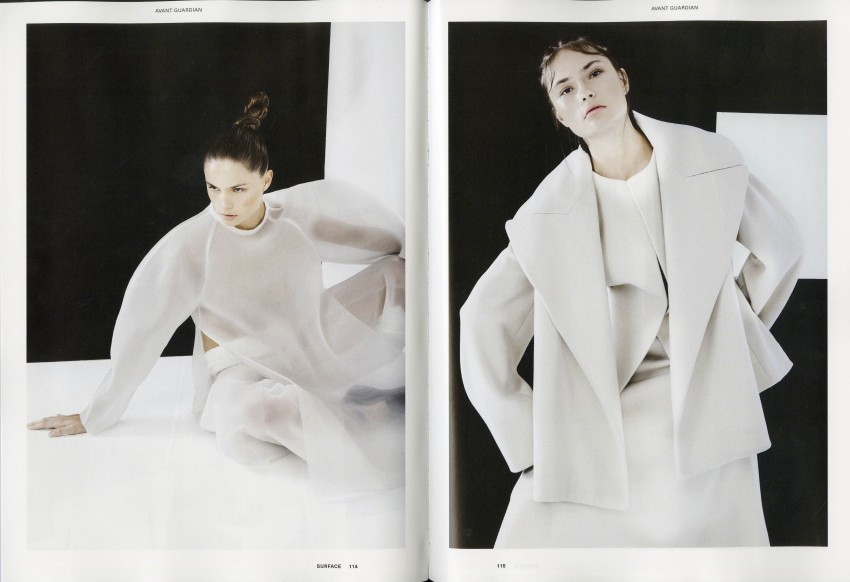
BFA Photography student Sofia Colvin was featured in this months issue of Surface Magazine! Sofia’s work was selected as part of a group of 10 up and coming photographers. See the spread below!
Learn more about Sofia here.
PHOTOFEAST Exhibition on Now in the University Center Lobby
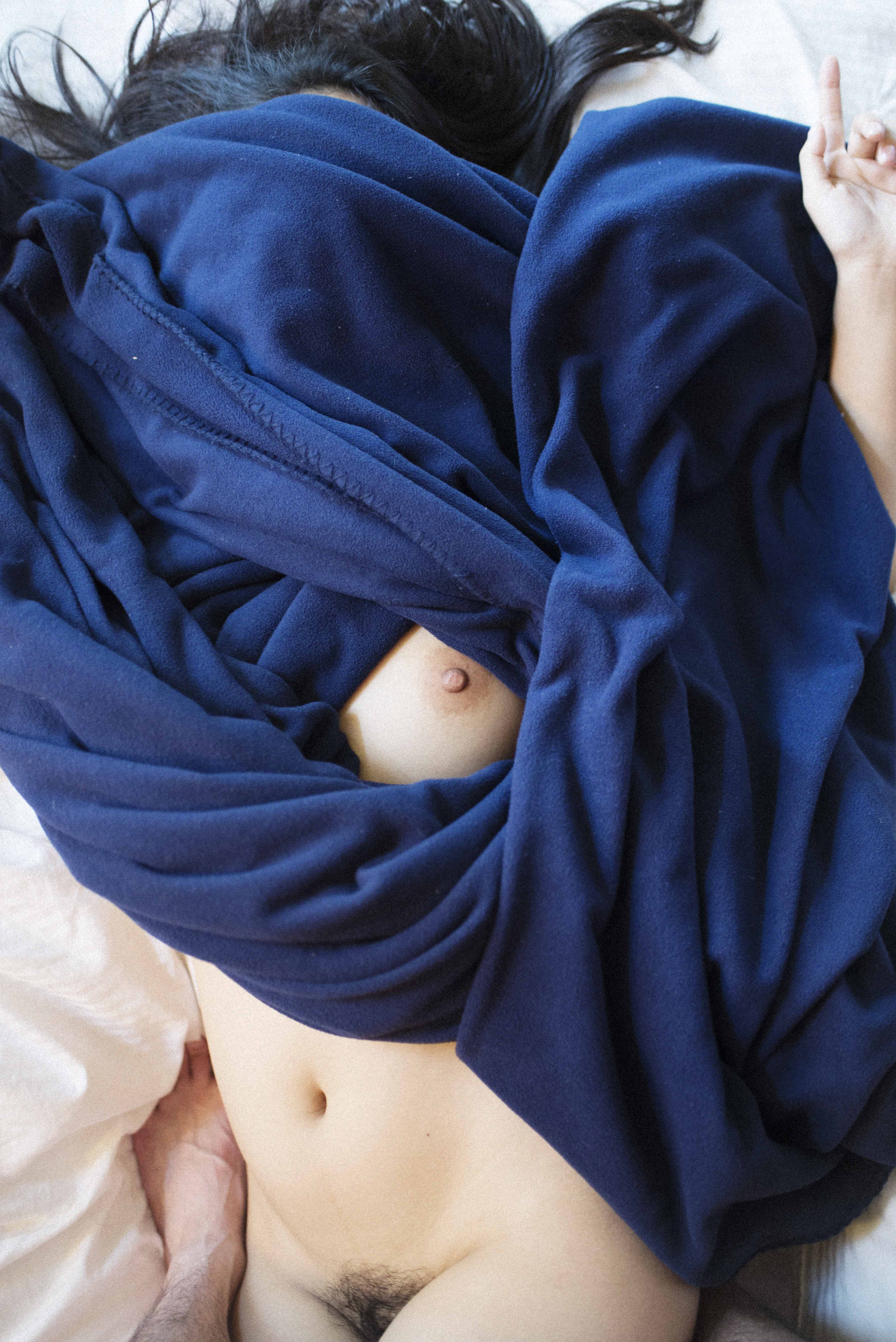




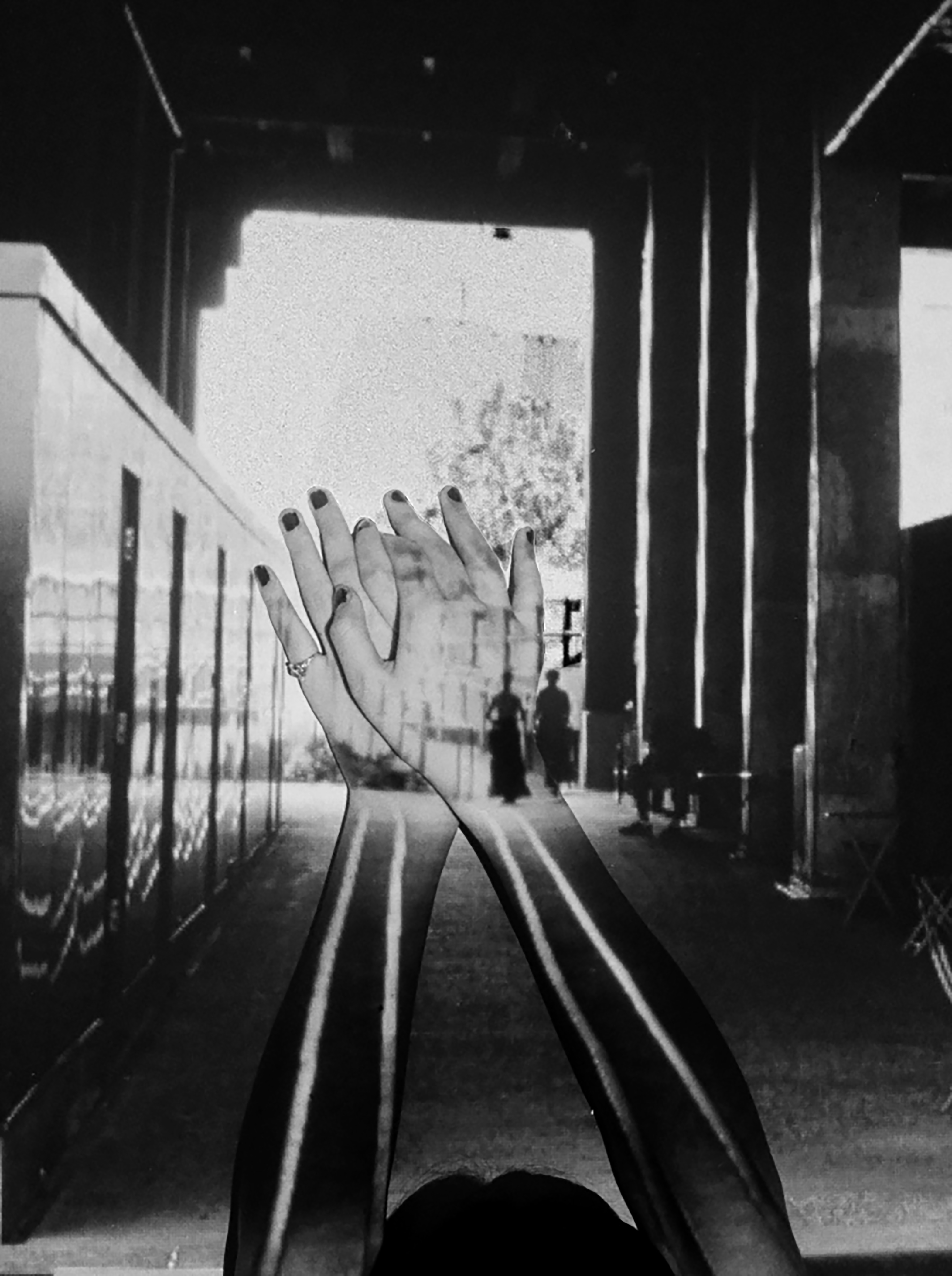
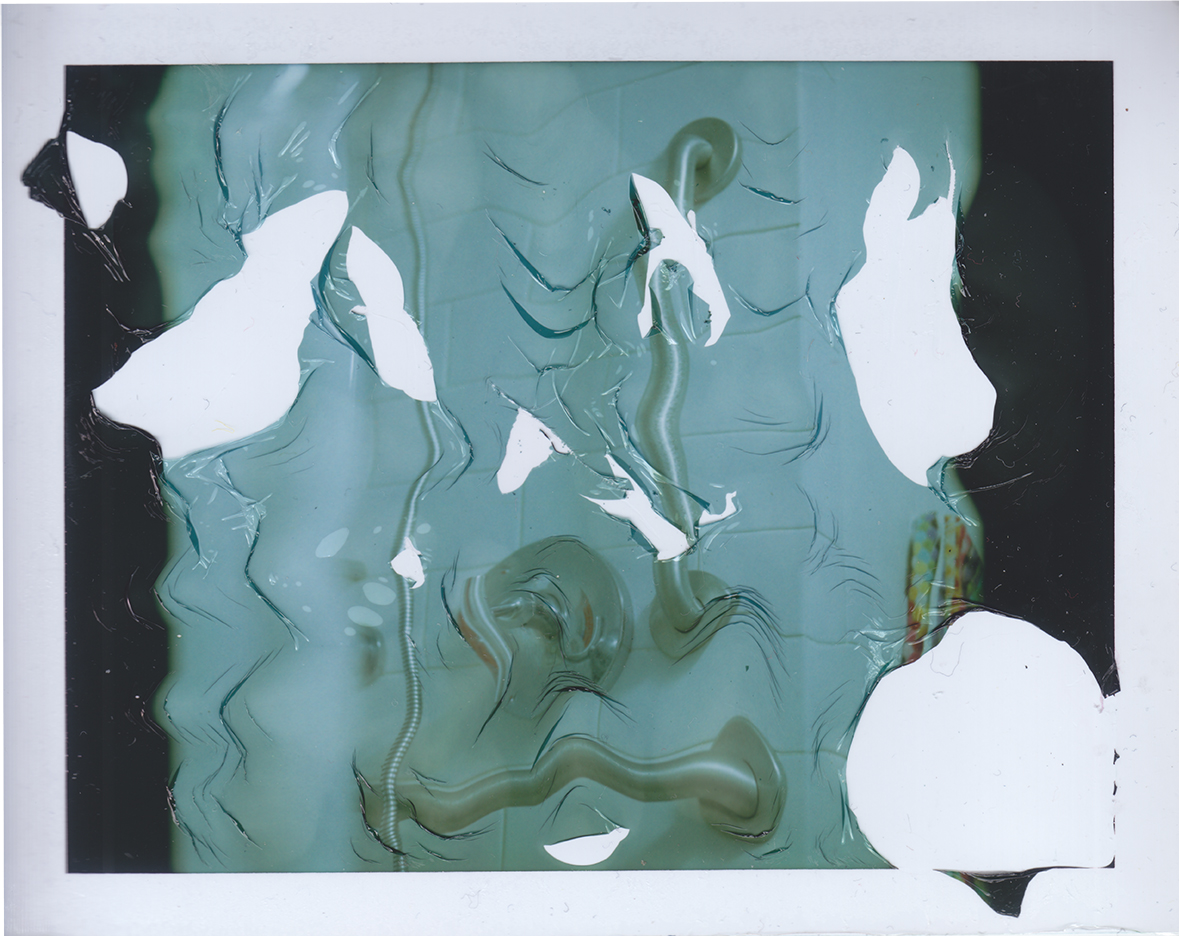
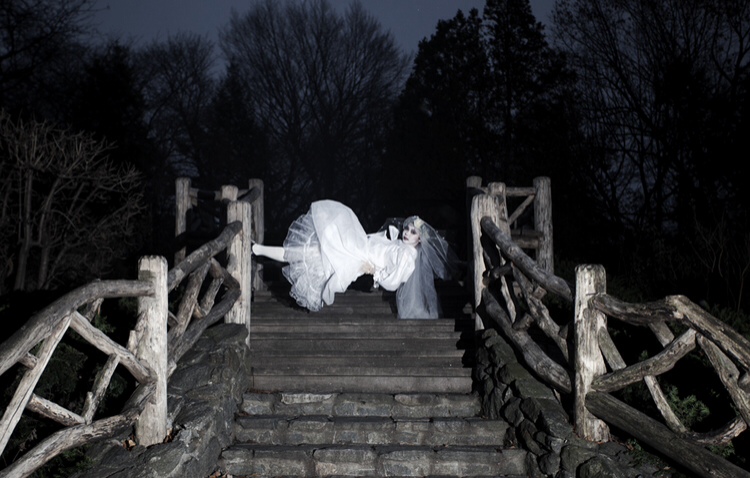
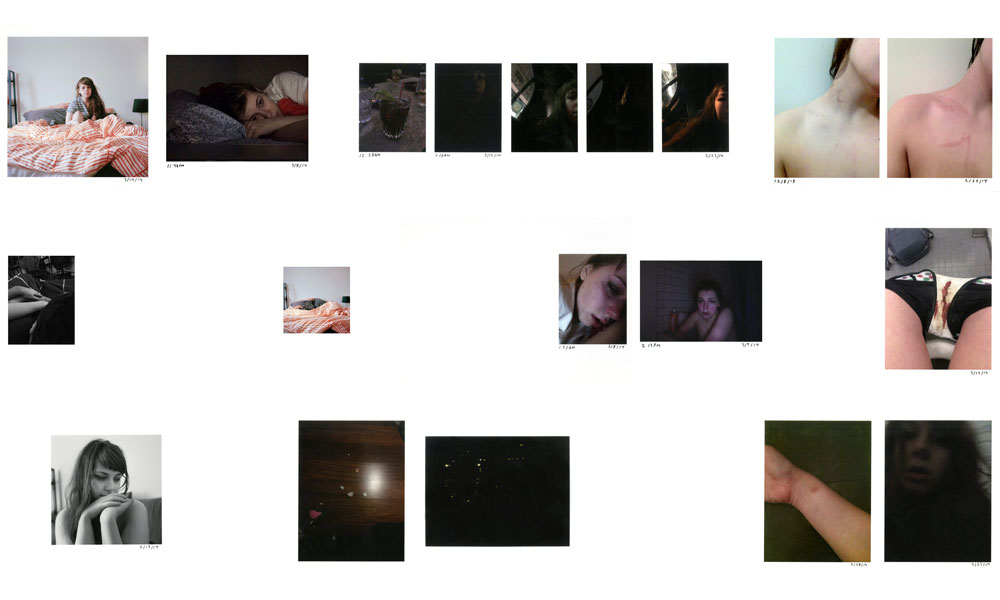


We asked each exhibitor to provide us with the answer to the question: How does your work confront the questions of truth versus fiction? Their answers below:
Exhibitor List (in oder of work shown):
Alex Kwok
I am fascinated by how photography romanticizes human relationships and its control, or perhaps its lack of, in representing truthfulness. This series plays with the authenticity of relationships between two individuals and the roles they consciously, and especially subconsciously, take upon that is otherwise indescribable without the photographic medium. These photographs presents an alternative reality where an intimate couple is isolated within their haven, but in fact, they are simply two strangers who invest an incredible amount of trust in one another, and are willing to be emotionally and physically vulnerable and exposed to another human being.
Alison Vania – Lady Alchemy
“Lady Alchemy” is a body of work that depicts this woman as an object of desire as she uses make-up and wardrobe to accentuate her appearance. Her career is based on her image and is dependent on creating an illusion of reality. In the Image the woman is posing on an elevated stage with one leg planted a step, accentuating her figure and creating a silhouette behind her that exudes sex. This image creates a juxtaposition of reality (the woman) and the perception of reality (the shadow).
Nicholai Kellman – untitled from ‘Parts Identity’
This images portrays the human form as it is without being manipulated but is seen differently due to the way light is being used. When removing the head of the figure, the form is altered changing the perception of what the true image may look like. This leads to question, is this image a true form being portrayed or an object being altered. My view on the subject is portraying true forms outside of their pre-perceived nature. A body without an identity can stand alone as a new form.
Phoebe Weinstein – diptych from ‘Finding Utopia’
This diptych is part of my series called, ‘Finding Utopia’. I titled it this as that is the best why in which I could describe my mind set. I am vocalizing the dream like state of mind that I have found myself in as an 18 year old growing up in a city (London). I do not think that these feelings of drowning, excitement and pressure are unusual to anyone that is about to experience ‘the real world’. I want this series of images to bring a light and comedic atmosphere to these feelings. I wanted ‘Finding Utopia’ to display both my dream world and the world of reality.
Qiren Hu – The Emperor Arrives
The Emperor Arrives series explores the Chinese Imperial dynasty’s legacy in the 21st century. Focusing on the theme of the masquerade, the series attempts a direct commentary of the Chinese society on the backdrop of Beijing’s increasing economic might, while providing a provocative and ironic study of shifting stereotypes that emphasizes on the borderline between reality and fantasy.
Set in the context of the American landscape, the images evoke a reference to Chinese ink paintings at first sight. However, finely calibrated multiple deceptions and the casual revelation of those deceptions serve a reminder that this is a staged photograph. The emperor’s contemplative and impassive gaze outside the pictorial space suggests the real world that exists beyond the boundaries of the frame. High rise buildings and contemporary activities act as a conduit between inside and outside, between fictive and real space. The appropriated alter ego thus becomes the quintessential outsider that transforms every photographic occasion into a seriocomic ritual of cultural diplomacy.
Vita Brown
In this series of photos I chose images that have resonance to me, project it onto a wall and then re-photograph myself interacting with said projection. It’s my way of delving into the correlation between the past and the present and the feelings one associates with memories; how it’s possible to manipulate the past, twist events and remember things completely differently to how they actually happened.
Vix Walker – Untitled Polaroid
I’m interested in Polaroid manipulation because Polaroids are thought to be incapable of alteration; I liked the juxtaposition of a fictitious image on a medium which normally signifies truth.
Zeta Gao – the floating journey
I’m a big fan of classical music and my favorite composers are Rachmaninoff and Stravinsky. Their work are very sentimental, but at the same time, very noble and classy. This is where I got my inspiration from. I like contradictory things and I believe that as a photographer, to embody the duality of either a model or an image can be a very difficult task. I’m now on my way.
My work “the floating journey” depicts a fairy tale that the Princess Mononoke lost gravity and later she had a wonderful journey floating in the other world. The world we couldn’t see but exists in our mind. I define this series of photographs as surreal fashion narratives.
Cassidy Paul – This is My Goodbye
This work confronts the idea of truth within photography by denying the viewer any contextual information: any opinion or understanding of the events or narrative must come solely from time stamps and the visual content. This lack of information opens up possibilities for multiple interpretations, breaking the idea that a photograph tells a singular ‘truth’.
Elizabeth Harnarine – Inner Demons
On the outside I look normal, but, at this moment, my body is destroying itself.
Until a cure is discovered, Crohn’s Disease will have an enormous impact on the way I live my life. My doctors frequently use multiple methods of recording the damage the disease is causing to my digestive system. These costly and uncomfortable procedures often result in oddly beautiful images of a painful and oppressive disease.
Martim Passos – Caraíva, BA – Brazil
My photograph plays with dimension and scale. Although it looks like a canyon or a massive waterfall, it’s only a regular-sized rock on the beach. It demonstrates how nature can mislead our perception of the world, repeating shapes in different scales, and how photography can emphasise such tricks through the use of perspective and close ups.
Isabella Alesci
Ryan Duffin
Mark Fitton
Ashley Middleton
Masahito Ono
Kalman Pool
Gunner Strietzel
PHOTOFEAST Curators:
Tina Keon
Kevin Aranibar Molina
Megan Paetzhold
John Ralston
Victoria Rickson
Monica Terrero
Hallie Turner
Troy Wong
